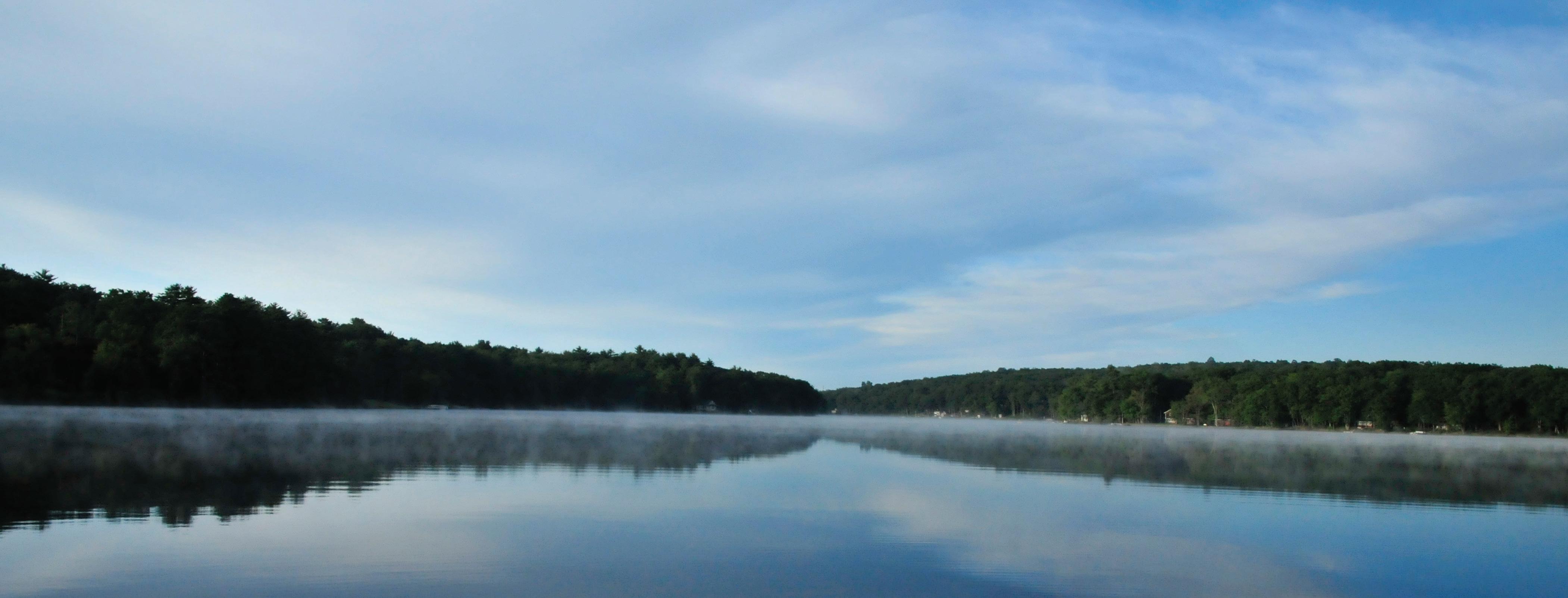






Woodloch Pines Resort
731 Welcome Lake Rd Hawley, PA 18428 800.Woodloch | Woodloch.com Revised 2016 Printed in the United States of America
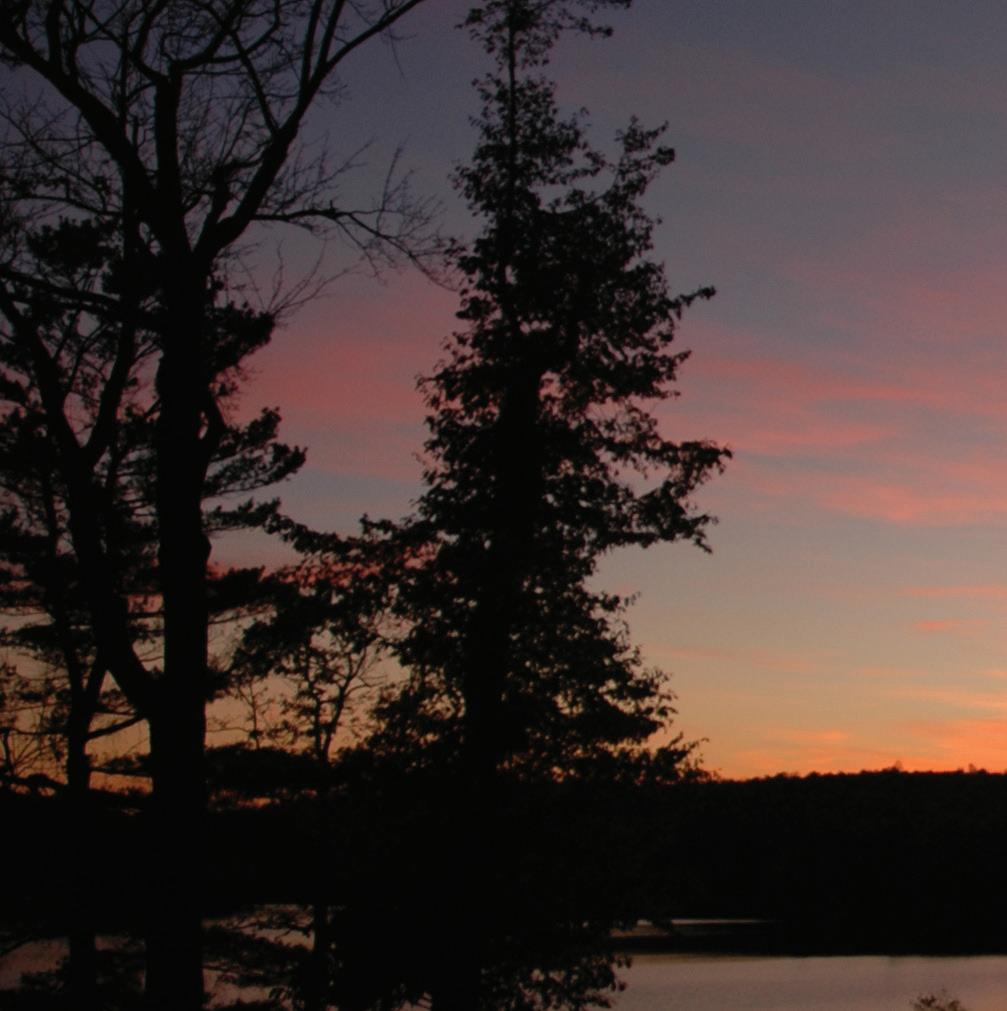
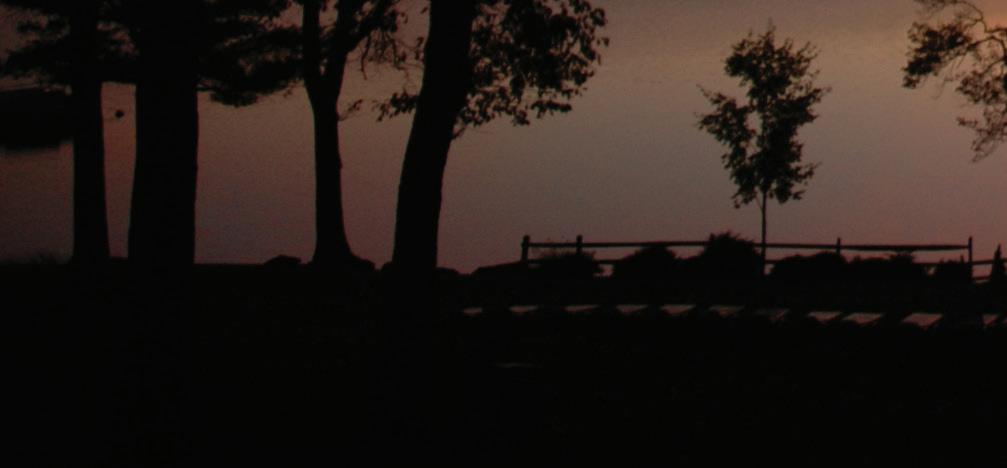




It is with extreme pride and appreciation that we dedicate this brief look at the history of Woodloch to our loyal guests...
The guests who arrive as strangers and find life-long friends.
The guests who arrive as skeptics and depart as believers.
The guests who came as children and now return as parents with children of their own.
The guests who came to be entertained and became the entertainers.
The guests who have returned visit after visit, often bringing back others to share their enjoyment.
The guests who have given us encouragement through their confidence in investing when other sources said no.
The guests who have reserved their place for years ahead so we might grow today.
The guests who have departed this life but will always remain in our hearts.

Indeed, they are all our most valued assets and the finest people in all the world. Without them and the sincere concern and loyalty of our dedicated and talented staff, there would be a wilderness where there is now purposeful activity. Our deepest love and heartfelt gratitude go with them... always.


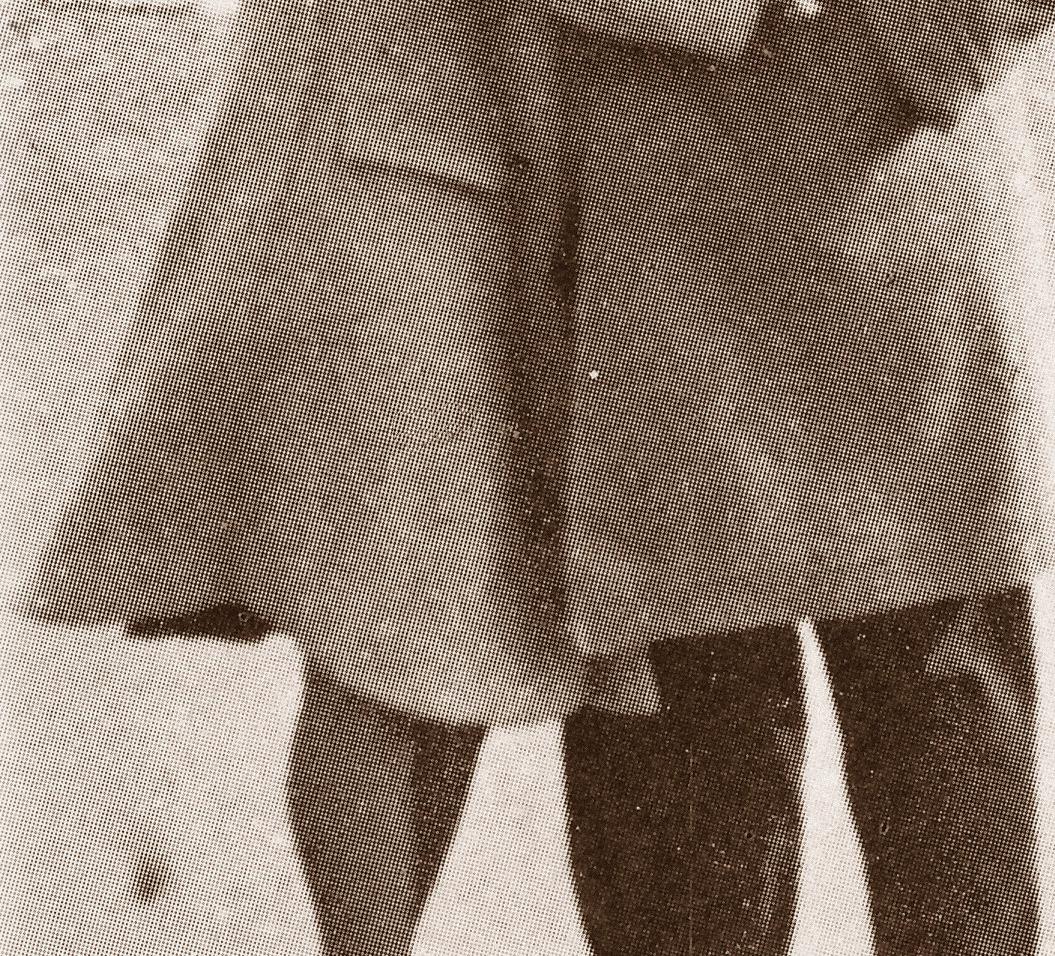
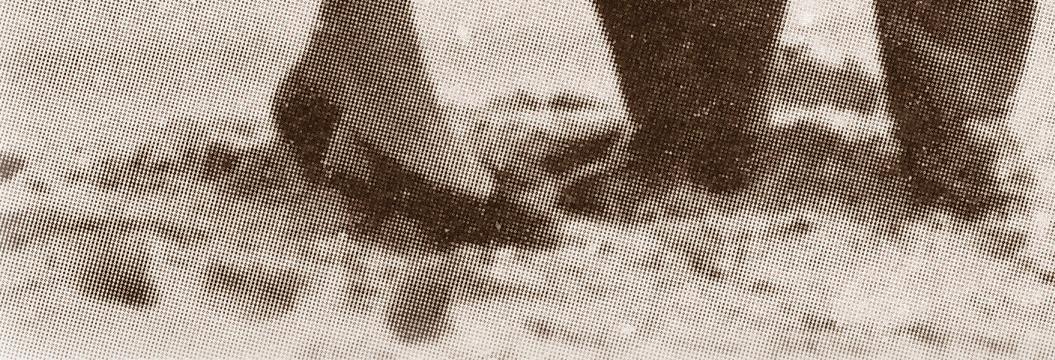
This is a love story.
It is a true story of hope, hard work, dreams and real people pulling together toward a common goal.
The setting for this saga is Lake Teedyuskung, a shimmering jewel in the forested hills of the Pocono Mountains.
Mary Mould first saw the lake when she was 12 years old. Her family used to vacation at a friend’s cabin on Teedyuskung. They never thought of complaining about “roughing it”the bats didn’t bother them and the outhouse wasn’t so bad if you held your nose. Cooking was done on a coal stove. There wasn’t any electricity or even running water. Mary had to row across the lake to get water, but that only added to the adventure. She loved being there and couldn’t wait to return each year to swim in the lake and breathe the pine-scented mountain air. It was a peaceful place of warm and lasting memories; a place to share with loved ones.
Mary Mould and Harry Kiesendahl began dating when they were both students at Baldwin High School on Long Island. He was a talented football player full of energy and enthusiasm. She loved his wide grin and the way his eyes sparkled; in fact, it wasn’t long before she loved him. The feeling being mutual, they became high school sweethearts.
Mary tried to tell Harry about Lake Teedyuskung, to describe how the early morning mist clung to the water and the way the lake sparkled with reflected starlight on warm summer nights, but no descriptions ever did justice to her memories. He would never really understand the way she felt until he saw it for himself.
Harry was a man of action. Thinking it was high time he got a first-hand look at this place Mary kept talking about, he rounded up three fellow football players, piled into a Willy’s and headed for the mountains. The heavy load and steep roads were almost too much for the Willy’s, which couldn’t handle some of the hills. After a lot of pushing and coaxing the car along, they arrived on the shores of Lake Teedyuskung. Harry was impressed. “What a place,” he said. “It was beautiful, but then so is Mary.”
Things were getting more serious all the time.


Harry and Mary became engaged at the age of 18. They were deeply in love, but it was 1944 and the country was at war. Harry joined the United States Navy and was sent to Maryland for his basic training. The idea of separation was painful. They prayed for Harry’s safety and planned to be married just as soon as he came back from overseas duty. The families thought 18 was awfully young for such a serious commitment, but they agreed to a wedding when Harry returned.

No one expected Harry to appear so soon. After just 6 weeks at sea, his destroyer was torpedoed and brought back to Boston for repairs. For those interminable 19 days while the ship was being slowly towed across the Atlantic, all Harry could think was that at last he would be getting married. “When I got to port,” he remembers, “I found a letter from Mary. Her parents thought we ought to postpone the marriage for a while. I was really upset.”

Mary’s parents suggested they all go up to Lake Teedyuskung to talk it over. Harry, who was on leave, knew he had only 30 days to convince his future parents-in-law that he and Mary should be married without delay. “After all, “he said, “in those days you never knew if you’d make it back home or not. Lots of guys didn’t. “


The summer days flew. Each passing one brought them closer to another separation. They savored this bittersweet interlude and reveled in the beauty of this well-loved place, an oasis of serenity in a world gone mad. Who knew what tomorrow would bring?
They vowed to someday return to Lake Teedyuskung. To seal their vow they took two stakes and pounded them into the soft earth. It was a moment engraved in both their minds, a moment of hope, love and unlimited faith in the future.
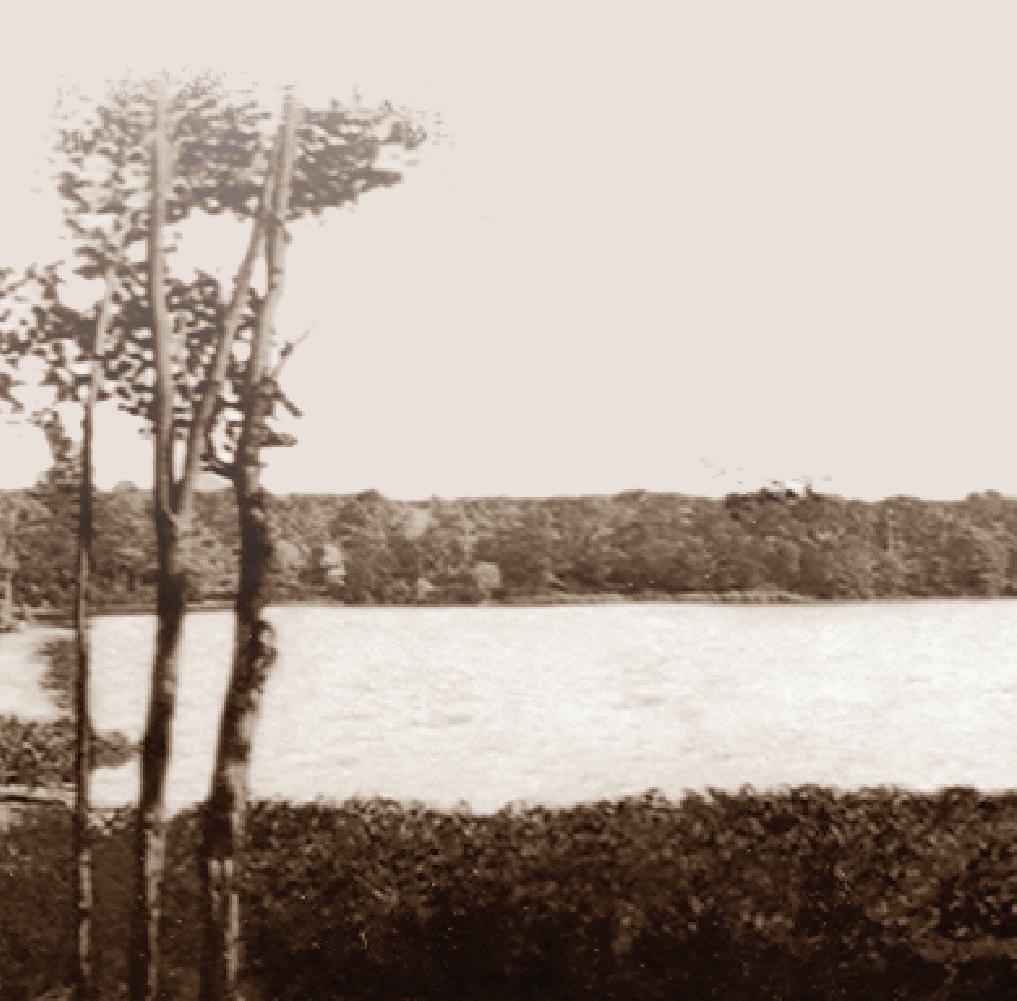
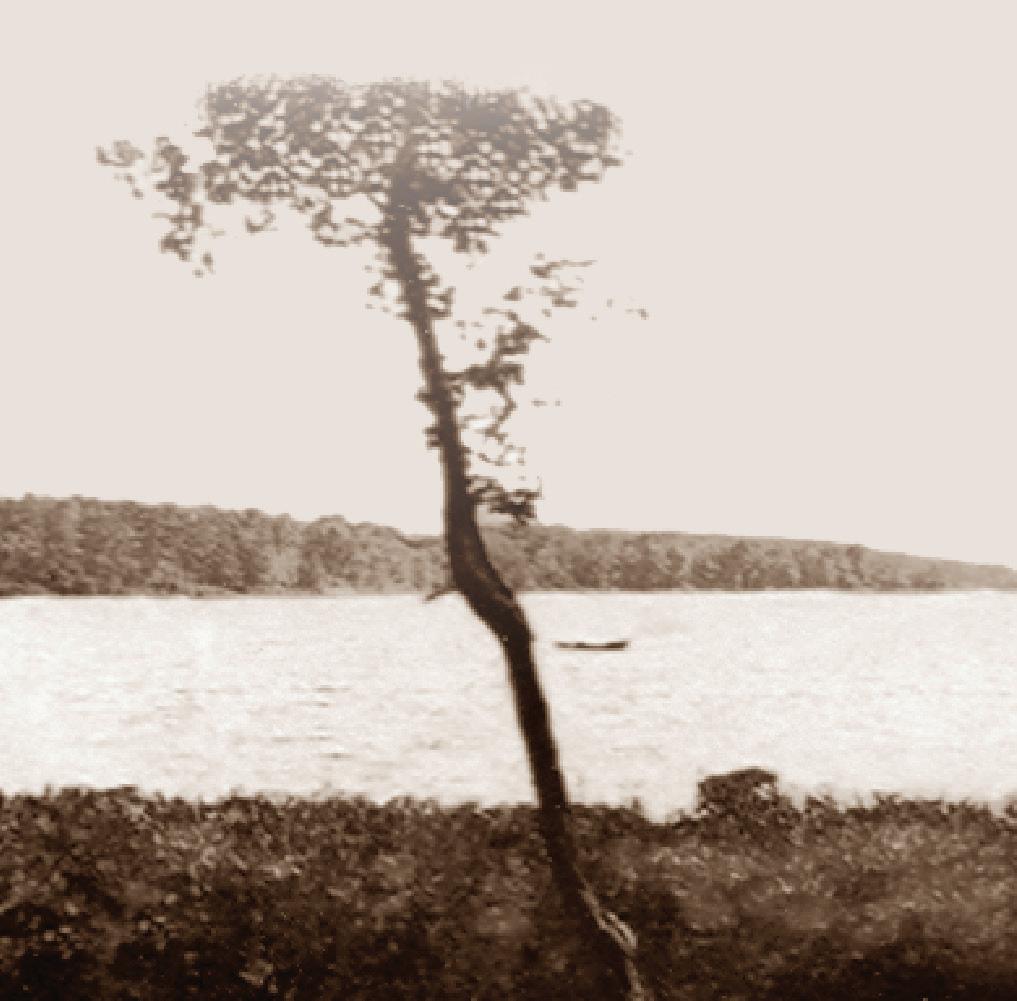


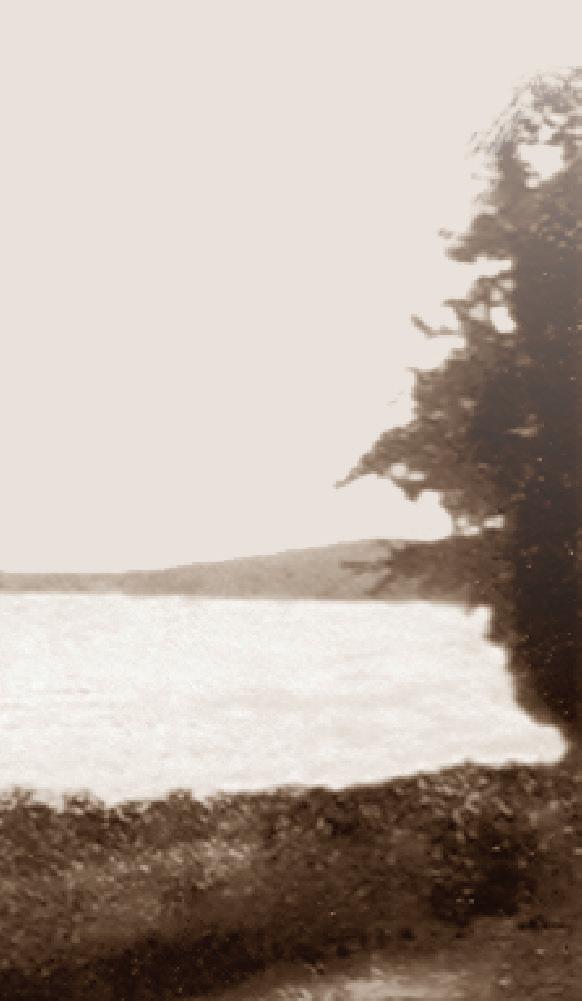

By the time Harry had convinced Mary’s family that they should be married, his leave was almost over. There wasn’t time to send out invitations so Mr. and Mrs. Mould invited the entire community of Baldwin, NY by announcing the impending ceremony at St. Peters Lutheran Church in the newspaper. The family made hasty arrangements, and Mary borrowed a wedding dress from a friend. On September 4, 1944, before a packed church, Mary Mould and Harry Kiesendahl were united in matrimony.
Then it was off to Boston where Harry was assigned to another destroyer. After a tour of duty, which included both the Mediterranean and the Pacific, Harry returned to his young wife. Who had time to even think about the two stakes moldering on the shores of Lake Teedyuskung?
Real life was not a vacation in the mountains. There was work to do and a family to start.
Harry took all kinds of jobs: Good-Humor man, delicatessen clerk, busboy, and milkman. He even sold popcorn at the racetrack. Children were a high priority, and the young couple rejoiced in the birth of John, followed two years later by Nancy and seven years later by Steve. The Kiesendahl’s moved from Baldwin to Wantagh and finally on to Massapequa where Harry realized his longtime goal of owning his own business.
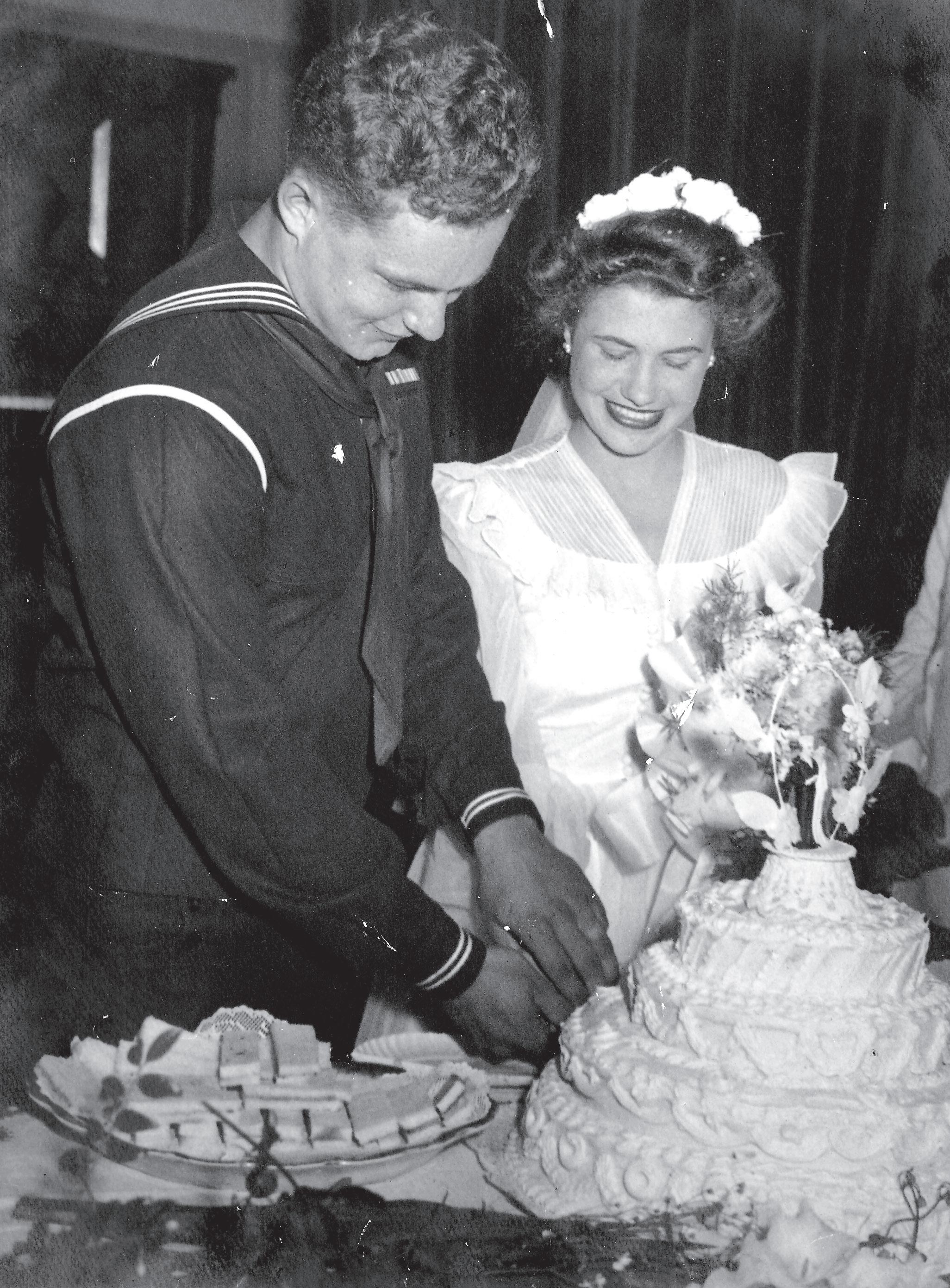

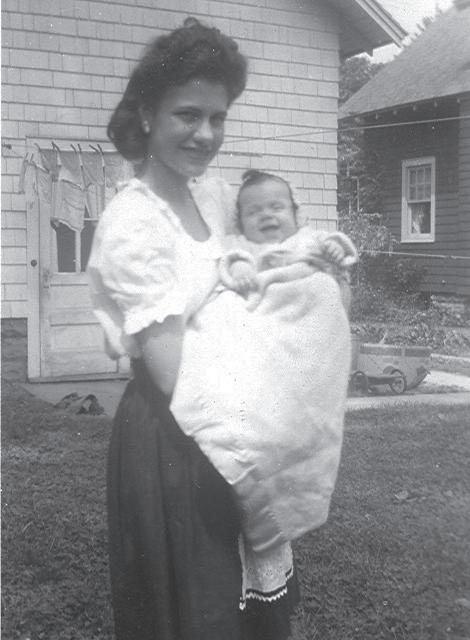
With a friend, Andrew Sarosy, as a partner he bought a luncheonette known as Parkside Sweet Shop. Mary helped out by making soup and pies at home, and Harry was able to successfully expand the business three times before selling it. With the proceeds and a new partner, Arthur Waltham, he purchased the Heins Confectionery in Huntington. It took a great deal of effort, but Harry was eager to add more stores to his holdings. Eventually, he was running a successful chain operation known as the Town House Shops.
It was in Massapequa that the Kiesendahls rekindled an old friendship with Marge and Don Kranich. Don, who was working for Beechnut Baby Foods at the time, happened to run into Mary one day at the grocery store.
Don had also served in the United States Navy, taking his training to the Naval Amphibious Base in Little Creek Virginia. Assigned to the U.S.S. L.S.T. 700 as a quartermaster, Don spent two and a half years in the South Pacific where he survived a number of harrowing incidents. After his ship was hit by a kamikaze, it was towed to the Admiralty Islands in the Pacific. There, a bomb hit once again, this time while the ship was in dry dock. Of the 130 men on his ship, Don was one of only 30 survivors. Needless to say, when his tour of duty was over, he was relieved to return to civilian life.
Harry and Mary had known Margie Avery since elementary school days. Mary and Marge had been close friends in high school. After graduation, Marge took a secretarial job at the Sun Oil Company. It wasn’t long before she met a tall, handsome young man named Don Kranich. Marge continued to work as a secretary until their first child, Russell, was born. After a few years of diligent saving, they were able to purchase their first home in Wantagh in 1953.
The Kiesendahls and the Kranichs began getting together on a regular basis. There was much to catch up on. By this time, Don and Marge had two children, Russell and Serena.
Don, who wanted to own his own business, left his job with Beechnut to open a Sunoco station in Massapequa Park. Eventually, Don acquired a body shop, Don’s Park Sunoco, as well as another service station in Huntington, one of the largest stations in Nassau County. The station wasn’t far from Harry’s sweet shop so he and his employees would often lunch there. When Harry’s partner wanted to sell his half of the business, Don agreed to buy it.
The couples got along so well that they planned a week together at Split Rock Lodge in the Poconos. They enjoyed themselves immensely and were impressed with the way they were treated by the innkeeper.
Wouldn’t this be a fine business to be in? To create a haven for hard working folks who needed a break from their hectic schedules? To raise their own kids in the country? To make people happy? They all agreed that it sounded wonderful and toasted to
their future as resort owners. As the glasses clinked all around, they cherished the moment. After all, their vacation was fast coming to a close, and there was a very full work week ahead.
After the experience, Harry began scanning the papers to see what kind of resorts were for sale. He checked the New England area and upstate New York. Then one day he saw a small ad in the New York Times, which mentioned a resort on a lake in Pennsylvania. It didn’t identify the town or lake, but since it was a local phone number, Harry decided to phone and ask. The answer was that this was not a place anyone had ever heard of; it was a tiny lake near a small town in the Poconos.
Mary will never forget overhearing the conversation as Harry asked more questions. When she heard the excitement in his voice as he repeated the familiar names of Hawley and Lake Teedyuskung, she knew exactly what would happen.
“Well,“ she said to the kids, “we might as well start packing. We’re going to be moving.”



When Mary Kiesendahl learned the resort for sale was on the old summer estate of the Lockwood family, she could picture the property in her mind. When she was still in elementary school, the waterfront estate had been private and therefore off limits, but she had seen glimpses of it from the road and from the lake.
A wealthy couple from Waverly, Pennsylvania had owned the property since 1918. Louise and George Lockwood had changed their last name around and christened their estate Woodloch Pines. Three full-time men tended the grounds, which included lawns, gardens, fish ponds, fountains, and of course, stables. In those early days the only way to get to the country was by horse and buggy, so a stable was necessary.
Mrs. Lockwood, a tall woman, usually wore a long flowing gown. She was often seen striding about the property carrying a large shepherd’s crook to keep the snakes at bay or sitting in the attractive stone “tea house” overlooking the lake. The couple entertained a parade of guests throughout the summer who spent their time rambling about the grounds or cooling off in the lake.
The original living room of the Lockwood home (now the Staircase Lounge) was ornately furnished and crowded with Indian rugs, imported steins, and cranes hanging from the ceiling on glass chains. A large portrait of “The Five Nudes Bathing at the Spring” was perhaps the most memorable of the many paintings adorning the walls. There were homegrown treasures as well as well-stuffed owls, pheasants, mounted deer heads and an awesome collections of rattlesnake skins. The room had exposed beams, and flickering fires in the two brick hearths threw ominous shadows on the dark green walls. The Lockwoods had a flair for the eccentric, and Woodloch Pines reflected their well-traveled rather flamboyant lifestyle.
In 1946, a Scandinavian couple, Olga and George Svenningsen, bought the Lockwood estate and turned it into a summer boarding house. Catering primarily to Scandinavians, they hosted about 30 people for “fun and relaxation in an atmosphere of hominess and comfort.” Mr. Svenningsen, a chief engineer on a Texaco tanker, was away most of the time so his wife ran the business. Olga did have some hired help, but the guests seemed to enjoy pitching in. All she had to do was start splitting wood, and she would be besieged by numerous offers of assistance.
For 12 summers, her loyal clientele returned to consume bountiful meals and enjoy the beauty of the lake and surrounding woodlands. Their accommodations were rather primitive by today’s standards. Guests stayed in the main house in a converted barn they called the Annex and in two cottages known as Twin Pine and Buckhill. The converted barn (later named the Pocono House) had 14 small, cell-like rooms and two bathrooms, one at either end of the hall. The bedroom walls were so thin that you could carry on a normal conversation through them. In the morning, guests would line up for their turn to use the bathroom.
Despite these inconveniences, guests returned year after year, enthusiastically anticipating their sojourn in the country. By 1958, the upkeep had become too much for Olga Svenningsen, who had developed health problems. The Svenningsens, having reluctantly decided to sell the property, placed an ad in the New York Times.
By the time Harry Kiesendahl called, several potential buyers had already been turned down. Deeply concerned about the future of Woodloch Pines and trying to find people who would be compatible with their guests, the Svenningsens were interviewing prospective purchasers very carefully. The decision was easy for Harry and Mary. They took one look at their beloved lake and were convinced that fate was on their side. It didn’t matter that it was February, and everything was covered in snow. They knew what Teedyuskung was like in the summer.
Harry couldn’t wait to show the boarding house to his best friend Don Kranich. The men drove up to look the property in the dead of winter. Three feet of snow slowed them down, not to mention having to follow a snowplow the last few miles in order to get through at all. Don looked around the rather spooky main room with its stuffed animals and rattlesnake skin and out the window at the frozen lake. With thoughts of his cozy home on Long Island, Don said, “I don’t think we’re quite ready for this yet.”
The Kiesendahls knew they were ready. Well, in the daytime they knew it. They wanted to move before their oldest son, John, entered high school. Every night just before they went to bed, Harry and Mary would reassure each other that they were doing the right thing.

The buildings were in good repair, and the Svenningsens seemed like lovely people. But what were they to do all winter, with no one but the squirrels and deer for company? “Sometimes,” Harry admits, “at night we would chicken out.” But the next morning they’d wake up full of plans. Mary decided they would stop worrying. “If it was meant to be,” she said philosophically, “something will stop it.”
It was meant to be. Mary and Harry had not forgotten the two stakes carefully pounded into the ground on the opposite side of the lake. Teedyuskung had played a vital role in their lives. They remembered the sunsets and the quiet evenings of conversation. How could any place so full of good memories possibly let them down?
Oh yes, this was meant to be!


Mary and Harry held their breaths and took the plunge. The purchase of Woodloch Pines was a monumental step in their young lives. It meant uprooting the family and carving out a new life in the wilds of Pennsylvania, but there were good omens along the way. Mary’s parents, Grandma and Grandpa Mould, decided to join the Kiesendahls and make their home in the mountains.
Also, the purchase went smoothly. In fact, it was a highly unusual real estate transaction. The Svenningsens had been searching for just the right kind of people and were more concerned with the Kiesendahls’ attitude than they were with money. They were convinced that Harry and Mary would fit in well with their guests, and they couldn’t have been more cooperative. Disregarding the Kiesendahls’ German ancestry, the Svenningsens proclaimed them honorary Scandinavians. The charitable spirit of the closing stunned the lawyer. When he pointed out that the Kiesendahls should pay for the partial tank of oil on the property, the Svennningsens said the new owners were welcome to whatever oil remained. “And by the way,” added Mr. Svenningsen, “I have some tools in my garage in Bayshore that will come in handy. I have no use for them now so the new owners might as well have them.”

An equally generous Mrs. Svenningsen offered the Kiesendahls all sorts of suggestions so that they could smoothly transition into owners. What transpired was more like a friendly changing of the guard than a standard business deal. The spirit of the closing was an appropriate beginning. It set the tone for years of caring relationships that would be the cornerstone of the Woodloch philosophy.
In April 1958, for the princely sum of $45,000, the Kiesendahls became the proud owners of 12 acres of land, which included 200 feet of lake-frontage, a main lodge, annex and two cottages, all of which accommodated about 40 guests. For a short time, Harry kept his business on Long Island, living with the Kranich family during the week and commuting home to Woodloch Pines on the weekends. The isolation of that first spring was soon forgotten in a flurry of warm weather activity. The Kiesendahl family, including children and Grandma and Grandpa Mould, all pitched in to plant, mow, paint, repair, and clean in preparation for the arrival of their first guests on Memorial Day Weekend.






Everybody had assignments right from the beginning. Grandma Mould did the “cut–up” in the kitchen and made costumes for the waitresses. Grandpa Mould gardened and did the bookkeeping. The kids emptied garbage, watered the flowers, washed dishes and ran errands. Mary was in charge of all reservations as well as serving as a combination hostess and social director. Harry, as a genial host and head chef, was up for any challenge whether it was dealing with a late delivery or an aggressive skunk.
After selling the luncheonettes, Harry had taken a position managing a restaurant at Roosevelt Raceway with his brother Joe. Since Harry was gone all week, the brunt of the boarding house workload fell on Mary.
The money from the track was important, but it soon became apparent that he was needed full time at Woodloch Pines. Harry finally decided to sell his interest in the restaurant. It was an important decision. Harry Kiesendahl was making a total commitment to the family’s new enterprise.
When Mary and Harry asked the Svenningsens if their cook, May Marshall, would stay on and work for them, Olga had replied, “You’ll have to see if she likes you.” Fortunately the answer was yes.




Struggling to get off to a good start with their first season of guests, the Kiesendahls leaned heavily on May’s help whether it was baking bread, concocting Scandinavian specialties, wallpapering bedrooms or helping Mary and Grandma Mould make curtains.
May and the Kiesendahls had much in common. They laughed a lot and didn’t mind the hard work. When finished in the kitchen, May would go home to care for her mother, chop wood and milk her fifteen cows. The relationship forged during that first busy summer proved to be a rich and enduring one.
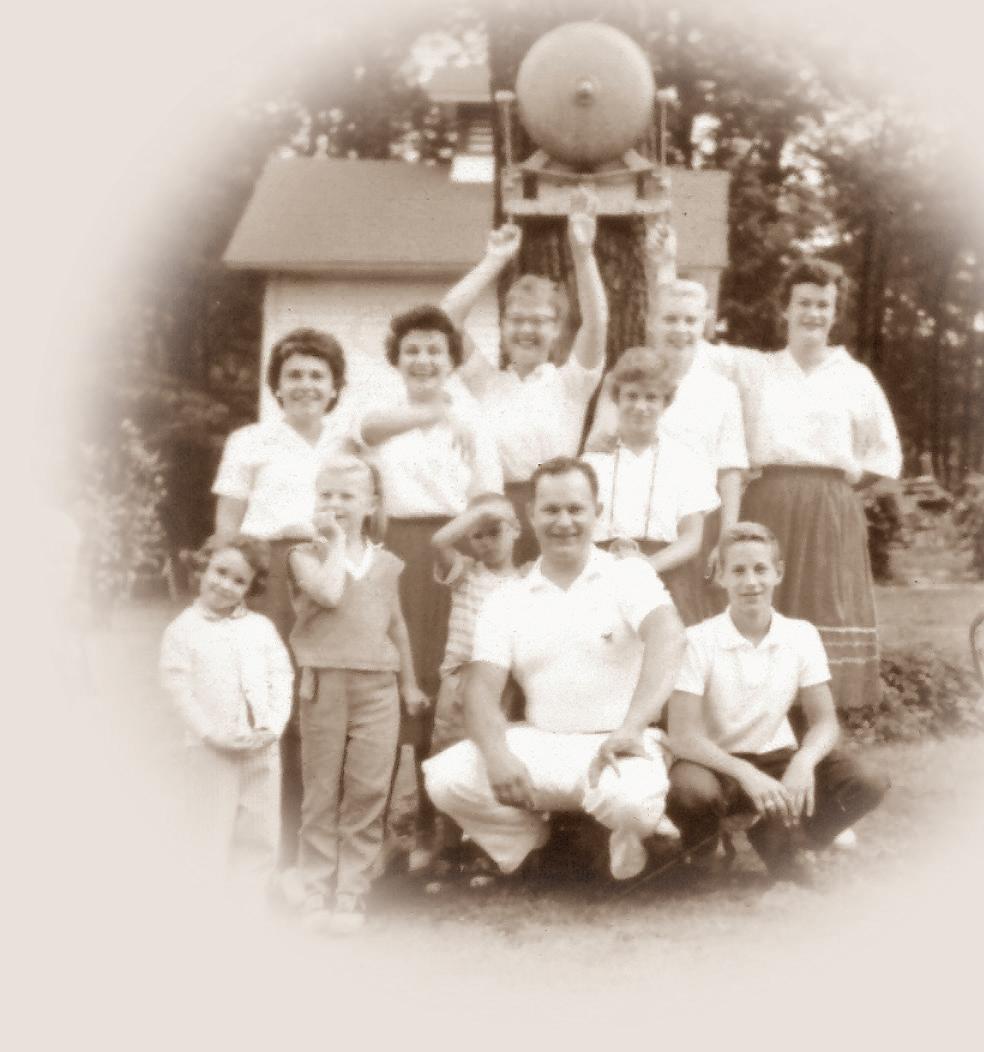

The Kiesendahl family has vivid memories of those first days at Woodloch. For 11 year old John, leaving familiar surroundings was at first nothing less than a full-fledged tragedy. He had been firmly entrenched in his Long Island life, which revolved around school, friends, and sports. From little league baseball to peewee football, there was always something exciting to do.
He arrived at Woodloch Pines to find it buried under four feet of snow. What did it matter if they couldn’t get out? There was no place to go. No one lived within five miles. His father was back in Long Island most of the time, his mother missed her friends and school officials didn’t see any point in his attending since the year would soon be over. Until summer arrived, he felt absolutely and totally stuck. A barrage of letters from his Long Island friends, some written on long roll of toilet paper, made him long for home.
When summer came, he was kept so busy that he no longer had time to be lonely. He had lots of chores to do. Guests were coming and going. His dad moved up by mid-summer, and the Kranichs started coming up on weekends. Russell was just a little kid, but at least he was someone to do things with. Gradually, prison turned into paradise. There were woods to explore, streams to dam up and forts to build.
After six months, John was convinced he had found heaven.
Harry Kiesendahl’s memories differ from those of his son. His chain of five ice cream parlors had done very well. But with ever increasing responsibilities, including more than 80 people working for him, there was a huge price to pay. Harry had become used to working seven days a week and rarely being with his family. The kids were growing up, and he was missing it.
His goal in buying Woodloch Pines was to find a business more suited to a family, something they could do together. Friends questioned the move. What was he going to do up there in the wilderness? What if the business didn’t succeed?
Harry had no doubts at all. He was going to be with his family. “If the business doesn’t work out,” he said, “I’ll find something else. I could always hire out as a cook or do any kind of work. Somehow I’d make a living.”
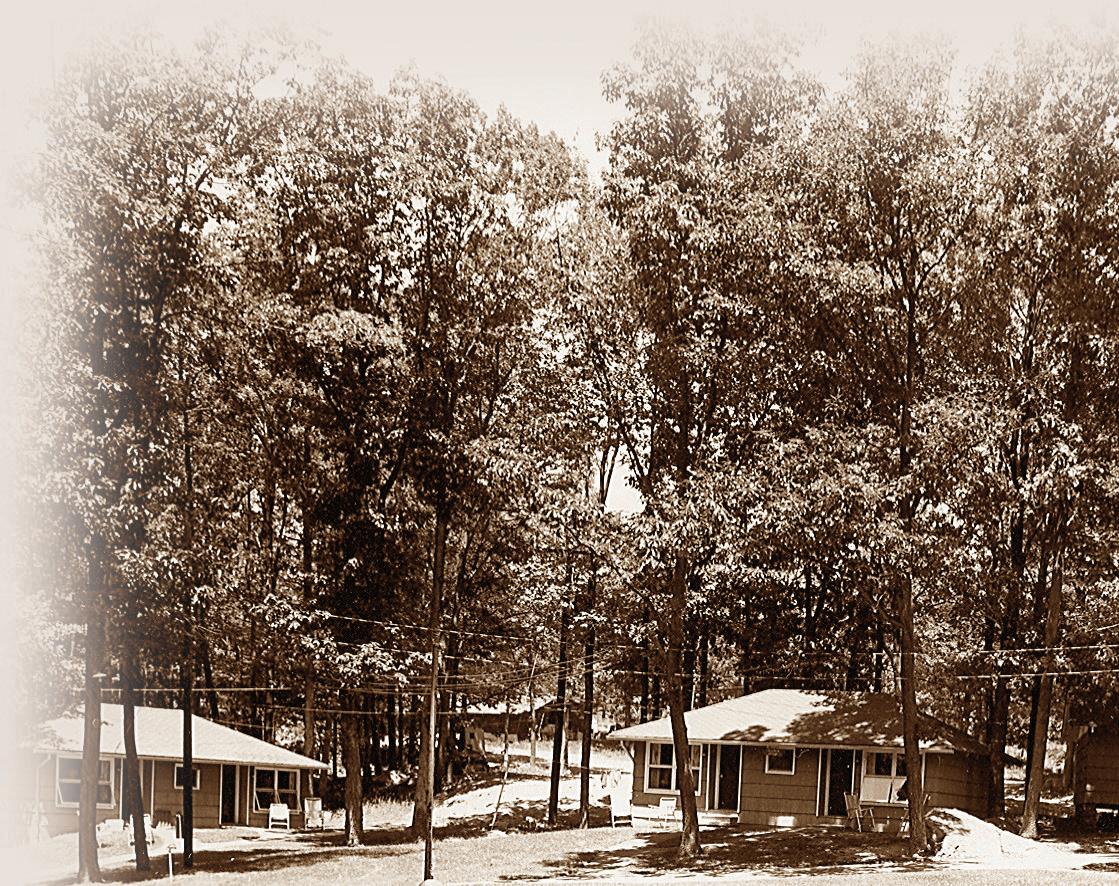




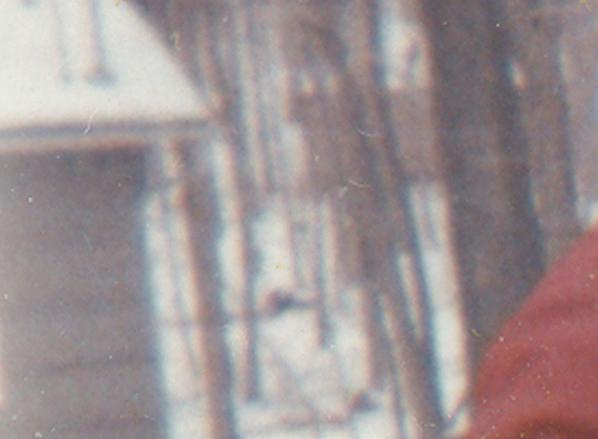






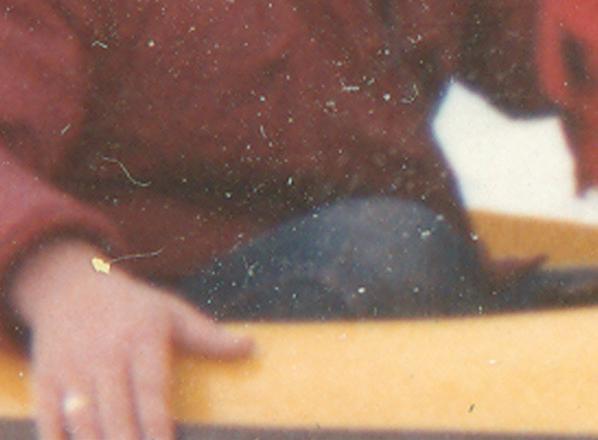
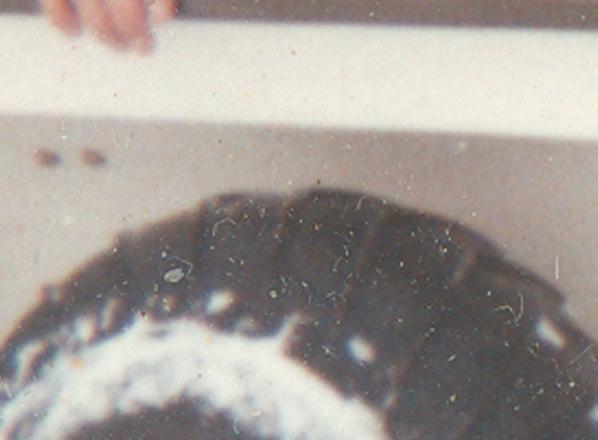



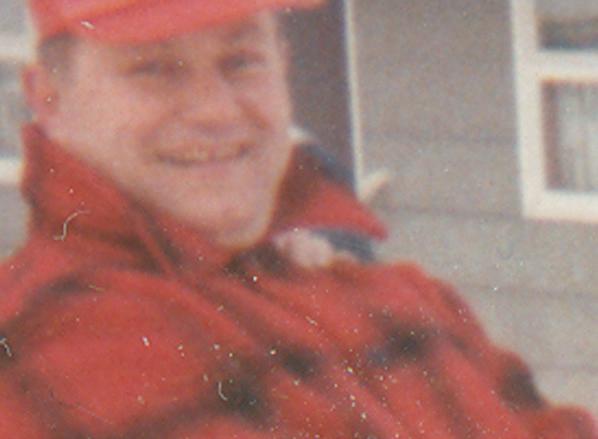








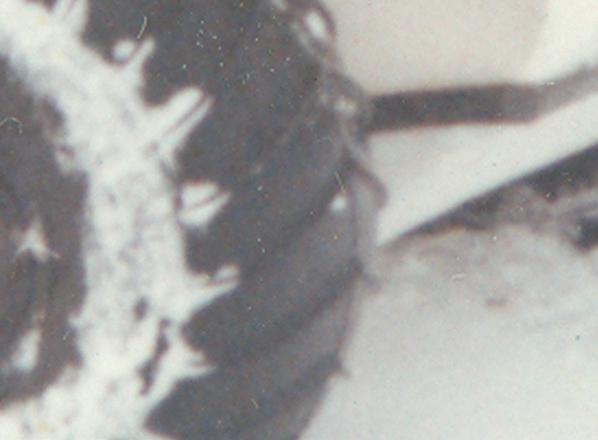




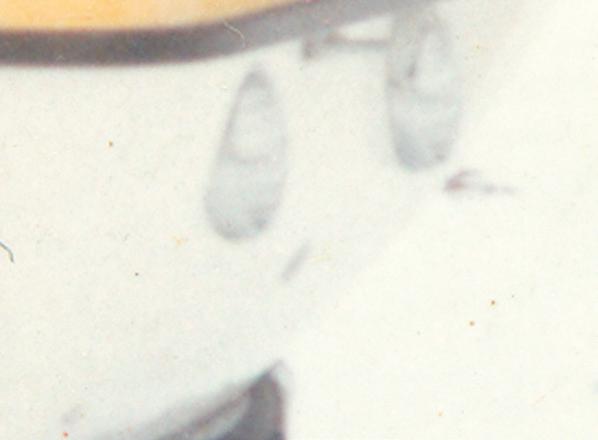







Those first few winters remain a precious memory. After Harry’s arduous schedule running the ice-cream parlors on Long Island, it was almost like being on vacation. The Kiesendahl family had the resort to themselves. They were surrounded by the beauty of the changing seasons. Father and son went hunting. They spent many hours improving facilities for their guests, but finally they were all working together.
The entire family was involved. The kids understood that there were times they were not going to be free to drop everything and run off with their friends. They each had jobs to do, and their parents depended on them. It was a busy productive time, and Harry and Mary were content that they had made the right decision.
The Kiesendahl’s best friends, Marge and Don Kranich, enjoyed coming to Woodloch Pines on the weekends that first season. They pitched in, helping wherever they were needed. The dream of someday going into the resort business together was now possible. Harry and Mary had already chosen their course. Marge and Don wanted to be part of the business, but it was a big step, and they had to be very sure.
“It was harder for Mary’” remembers Marge, “because she started out alone. At least when I came, I knew Mary would be here. I was not used to living way out in the country. My first reaction was, ‘Oh my gosh! I’ve got to drive 20 minutes to the store.’”
At first Don thought of Woodloch Pines as a side deal. “I had my business,” he said. “And it was doing pretty well. In the beginning, the resort was
for Marge and the kids in summer. We had no idea it would ever develop as it has. But when I think about it, starting small and growing over the years was ideal for us. If it started out as big as it is now, I would have been petrified because I didn’t have any experience in this type of business.”
But he and Harry had worked extensively with the public. They knew exactly how they wanted to treat people – just as they wanted to be treated. “Harry and I were both in service businesses back on Long Island,” explained Don. “That desire to serve the public properly is just something that’s in you.”
The original plan was for Don to be in charge of maintenance, but there really wasn’t enough to keep him busy and help was needed in the kitchen. Those first summers he was chief of all dirty pots and pans. When he arrived at Woodloch on a Friday night, his grease covered hands, testimony to a busy week working as a mechanic, looked permanently stained. But after spending an entire weekend in soapy water, they were immaculate.
Don really enjoyed the kitchen. Striving to improve his baking skills, he learned everything May Marshall could teach him, asked questions of the salesmen, and came up with new ideas from visiting other resorts in the area. His time in the kitchen was not without its minor disasters. One memorable day he forgot to add yeast to the raisin bread dough. When he saw 30 lifeless lumps of dough, he realized his error. He quickly threw the entire mess in the garbage can. Then he frantically made another batch, hoping May would not find out. It was the last time that Don forgot to add the yeast.


For Marge Kranich, the beginning was the hardest time. Her children were small, and she worried about them being neglected while she catered to the needs of the guests. She was also concerned about their safety around the water.
“It was all so new,” she said. “I had been a secretary and didn’t know exactly what I would do here. Of course, when we started out both Mary and I worked as waitresses and did anything else that needed to be done.”
Soon enough Marge found her niche in the housekeeping department. “It was just right for me,” she said. “I loved housework. Don always called me Mrs. Buster because I’m so particular. I felt really good about my work because one of the things the guests always commented on was how spotless we kept everything. And now I couldn’t imagine a better business to raise children in. They learned responsibility and had a chance to meet so many wonderful people.”
Gradually, the Kiesendahls came to rely more and more on the Kranichs to help run their burgeoning business. On Labor Day, 1959, the Kranichs made the decision to become partners with their friends. They built a house next door to the resort and moved the spring of the following year to be ready for their third summer season.



What a moving day it was! A snowstorm was followed by a spring thaw, and Woodloch Pines turned into a morass of ankle deep mud. The moving men, worried about being hopelessly mired, insisted on parking the van out on the main road. Wooden planks were laid down and everyone turned out to help. The smallest children struggled along the makeshift path with boxes bigger than they were.
By this time, the Kiesendahls and Kranich families were used to operating as a team. The decision making process in the beginning was fairly simple. The four adults would go over to a cottage, sit on the beds and talk things over. Looking back, Don Kranich said “Harry and I were very fortunate to have Marge and Mary with us. Without them, it wouldn’t have worked. Each of us had made an essential contribution.” Harry agreed. “Mary and Marge were totally dedicated. Mary walked around with the reservation book under her arm. She even slept

with it because the phone rang in our apartment. And Marge set standards of excellence in the housekeeping department that are still with us today.”
Don kept his thriving service station on Long Island. This came in handy as a source of income since the couples were pooling their money as well as their talents. Harry and Don operated the first two years on a handshake. As Woodloch Pines started to grow, they decided they had better get an agreement on paper. When the partners finally drew up legal documents, the lawyer was astounded that two families would be so trusting.
They all knew it would take maximum effort to make Woodloch Pines successful, but one joint decision made life a lot easier for everyone. Harry speaks with considerable conviction when he says, “We decided when we came up we were going to enjoy what we were doing.”
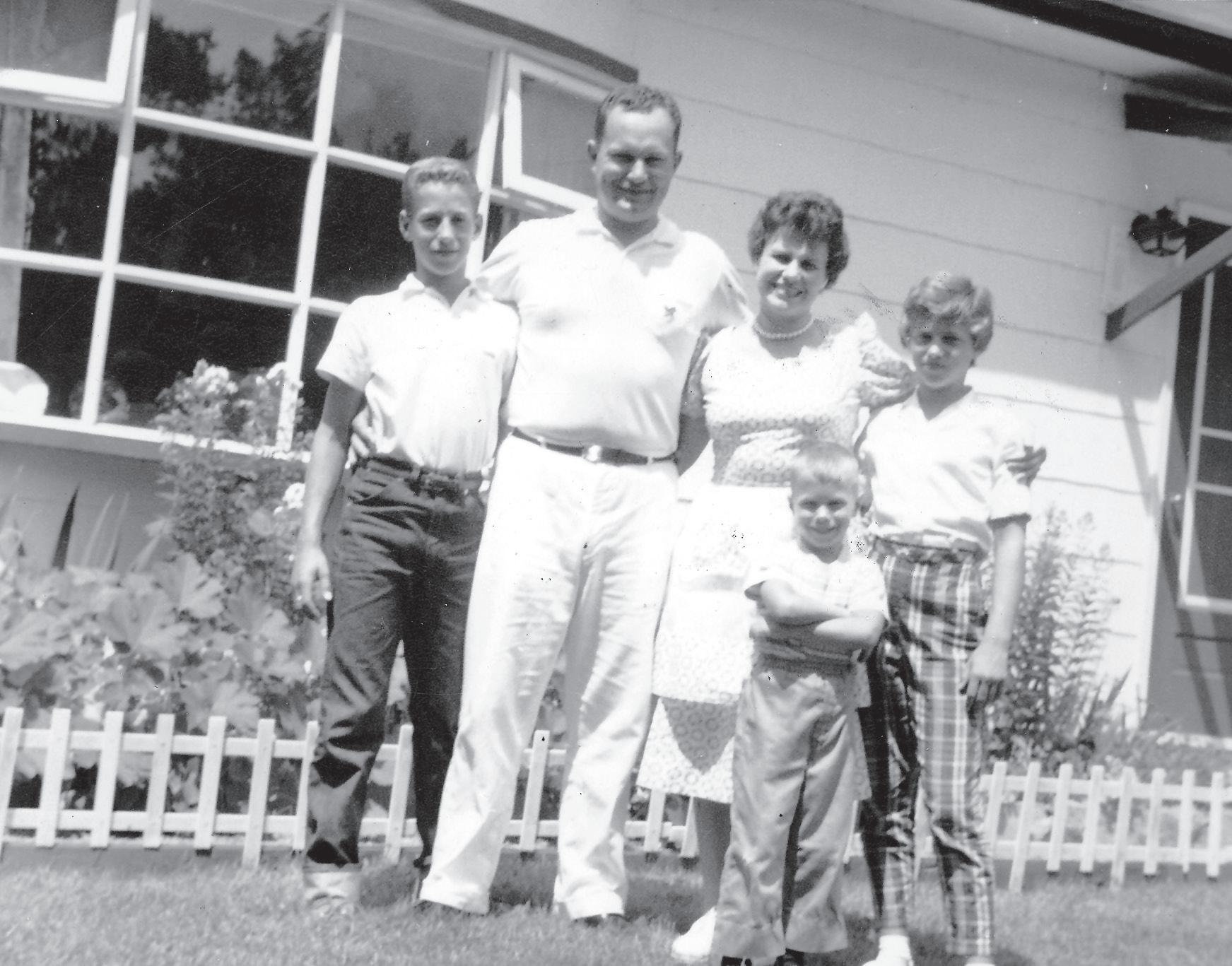

When asked about the success of Woodloch Pines, Marge Kranich says, “All of us got along. That’s the secret of the whole thing.” That summer, the Kiesendahls had a small apartment right off the kitchen in the Main Lodge. The Kiesendahls with their three children, John, Nancy and Steve, already took most of the space in the cramped quarters. But they were delighted to be joined for the month of August by their good friends, the Kranichs, including young Russell and Serena. Uncle Harry was an early riser who got everyone up and moving by playing loud marching music. Russell still remembers waking each morning to the rousing sounds of trumpets, drums and crashing cymbals.
This was a trial period for the Kranichs to see if they were ready to commit to Woodloch Pines. Everything worked so well that the Kranichs went ahead with plans to build a home next door to the resort.
After establishing themselves as partners, the two families had a decision to make. When they had an opportunity to rent out the small apartment for the next summer, they took it. After all, if they had survived during their one month stay in the tiny apartment, they could certainly manage in the Kranich’s newly constructed house.
Every summer for the next five years, the two families moved into the Kranich home. The facilities were slightly strained since nine people shared three bedrooms and one bathroom, but no one seemed to mind. “We had it pretty good over at the house”, remembers Harry. “We looked at it as pioneering.”
Marge Kranich agrees with Harry. Whether working or playing, there was a rare feeling of unity they all cherished. “I couldn’t have asked for a nicer person to work with than Mary,” says Marge. “She’s always been so easy to be with. We were together so much; she’s like another sister to me. In fact, many of our guests always assumed we were sisters.
The Kranich and Kiesendahl children were like brothers and sisters. Russell was six years younger than John but wanted to be included in everything he did. If John set out to do something, Russell was right behind him saying “me too.” John, Nancy and Russell were always together and were a big help in entertaining the guests’ children as well as watching over the “little mascots,” Serena and Steve. Nancy Kiesendahl, just two years younger than John, helped in the kitchen and the dining room, later taking over the responsibility of being dining room manager. Don continued to commute to Long Island for the next five years. The service station income was essential for the growing resort, and Don was building business by encouraging his customers to spend their summer vacations at Woodloch.
Harry’s dad, “Pop” Kiesendahl, enjoyed the resort so much he moved up to Woodloch Pines. He was appreciated by all, especially a steady stream of guests who were enthusiastic dancing partners. Frances Westervelt, a good friend of Grandma Mould’s known to everyone as “Aunt Frances,” never missed a summer. Both offered invaluable help, especially with the children. Aunt Frances babysat and took the older children shopping. Pop chauffeured the kids to Sunday school, ball games and dentist appointments.
Marge Kranich’s parents, Mr. and Mrs. Avery, built their retirement home across the road from Woodloch property. They helped in many ways, lending assistance wherever it was needed. Mary’s brother, George, a retired United States Army Major, added his talents to the accounting department.
The Woodloch Family continued to grow as new personalities were added, each making a valued contribution.
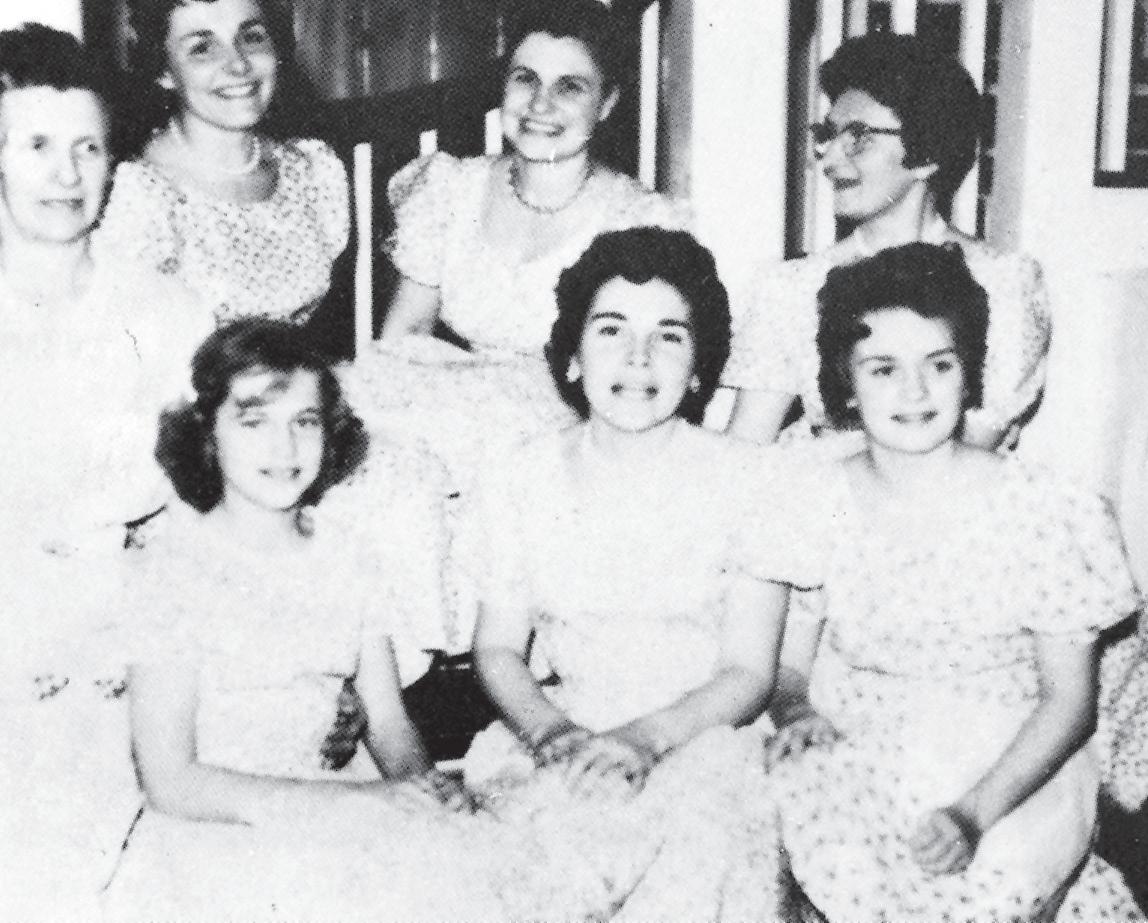

Not only did the families get along beautifully, they also had an unusual relationship with their staff. In fact, in the early days, the waitresses, mostly from Upsala College in New Jersey, helped with the dishes and made beds as well as waited on tables. Some guests remember being serenaded by the girls gathered around the piano singing “Edelweiss” and “I Love to Go A-Wandering.” In the evenings, the waitresses often put on talent shows or old fashioned sing-alongs.
One employee with the resort since the early days was Bill Bohne. Originally a guest, Bill ended up moving his family to the area and joining Woodloch Pines on a full-time basis. Bill was a competent bar manager, a popular personality and a favorite with both guests and staff for many years.


Fred Gelderman, our longest tenured employee

Fred Gelderman, Dining Room Manager, remembers that his mother, Mildred Gelderman, was one of the original employees of Woodloch Pines. As the youngest of five children, Fred was given an opportunity to work at the resort because there wasn’t anyone at home to care for him. When he was eleven, he started mowing lawns. “I worked the same hours as my mom,” he remembers. ”And at the end of the week I was given a little brown envelope with $2.50 in it. On top of that, I got all the food I could eat. It was great.”
What impressed Fred from the beginning was the unusually friendly atmosphere that pervaded the entire resort. “They made you feel like you were part of the family,” he remembers. “It was always Uncle Harry, Uncle Don, Aunt Mary, and Aunt Marge, never Mr. or Mrs. There aren’t many places where you can work where you where you’re treated like an equal. The owners were right alongside us with a pick and a shovel or a lawn mower.”



Randy Barnes was a fraternity brother of John Kiesendahl at Cornell. While in college, John traveled home from Ithaca most weekends to help out at the resort. One weekend when Woodloch was short on staff, he recruited Randy to come along. Randy started out tending bar part-time; he then helped out in a number of other departments before heading to the social department.
Randy met and married Elaine, a Woodloch Pines waitress, while they were both working at the resort. In a rare pensive moment, he says, “I always wanted to find a quiet beautiful corner of the world. I wanted to raise my children in peace while enjoying what I did for a living. Woodloch met all those criteria. Every weekend of my senior year, I commuted to Woodloch. The day after I graduated, I began working here full time. There are so many satisfactions to my job, from watching a senior citizen double up with laughter to teaching a tiny preschooler to waterski. My only regret is that 45 years have gone by since I became part of the Woodloch family, and I don’t know where they went.”



Bill Steuhl also felt as though he was treated more like a part of the family than an employee. One of Woodloch’s dedicated staff members for more than 20 years, Bill started washing pots and pans at the age of 14.
Now he has a whole slew of relatives working at the resort. He married his high school sweetheart, Gail Worzel, who was in charge of the waitresses at the resort. She was the reason Bill commuted back to Woodloch almost every weekend during the times he served in the Presidential Honor Guard. “I can’t really describe what it’s like to work here,” says Bill, “ because it’ll sound phony. But it is true that we all love it. That’s why,” he adds with a grin, “everybody’s always smiling.”

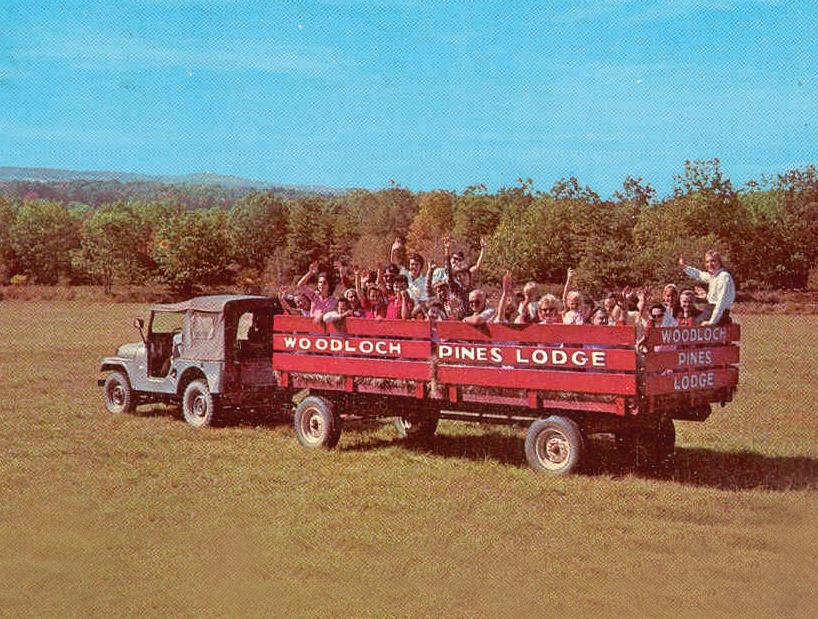

One of the reasons everything ran as smoothly as it did was because the owners were involved in every detail of the resort from the beginning, working right alongside their staff. If they seemed to be everywhere, it was because they were. The first few summers, Harry never left the property during the entire summer season. He didn’t drive until after Labor Day and even had a barber in to cut his hair right on property.
The owners spent very little time in the office. Paperwork was always done after hours. They would cook the meals than take off their aprons and greet the guests as they entered the dining room. Then they’d go back to help the serving and later circulate in the dining room to see how the meal went over. When Don finished baking, he’d manage the bar. Later, he was also in charge of the gift shop. As the staff observed the families’ willingness to give everything of themselves, they began to understand the guests’ happiness was really the owners’ prime concern. That attitude proved to be contagious. The Kiesendahl and Kranich children, like their parents, just naturally made friends with the guests. They roamed the woods, organized games and put on shows with whatever children were at Woodloch.
Russell remembers having a constant stream of guests’ children stay overnight at his house. And John Kiesendahl hugged one guest goodbye so enthusiastically that he cracked two of her ribs. He felt really terrible when the woman called after having soreness diagnosed by a doctor. She still comes back to Woodloch Pines, and John still hugs her, but now he does it ever so carefully.
In the early days, everyone left at the same time on Saturday. As Harry rang the goodbye bell, the cars slowly filed by so that the Kranichs and the Kiesendahls could bid their guests farewell. The scene never failed to evoke the emotions of both guests and hosts. Precious vacation days were over and the guests, heading back to the bustling city, filled the fresh mountain air with shouts of “see you next year!”
It was a rare week when anyone managed to avoid tears. The children ran alongside the cars, promising to write during the winter. The warm friendships formed in those early years continue to flourish, and now those guests’ children are returning to Woodloch Pines with their own offspring.
When John Kiesendahl tries to put his finger on what makes Woodloch Pines special, he keeps coming back to the staff. “They have always been our
friends,” he says. “Many were in school with us. They started part-time, but their responsibilities grew as they stayed with us and as we grew. They were with us when Woodloch was small, and they know firsthand the warm feeling of hospitality we started with. They pass it on to people who work for them today.”
Woodloch shows appreciation for their unusually dedicated employees in many ways. Financial rewards and fringe benefits are supplemented by a number of events designed specifically for the staff. The Winter Frolic is a much anticipated day of skating, tubing, and general fun in the snow for employees and their entire families. Capped by a fine dinner and a first-rate show, the Frolic gives the staff a chance to relax together and experience Woodloch hospitality first hand.
There are other bonuses throughout the year. Staff members and their families may use the pool every Sunday night. Each department goes out on the town to a fine restaurant for dinner and a meeting at least once a year, and the staff Christmas party is a well-established tradition.



While Woodloch treats its employees well and wants them to enjoy their work, they also expect a lot in return. Morale and camaraderie are important, but everyone understands that the guests come first and that each person’s responsibility is vital to a successful team operation.
One of these things that touched the Kiesendahls and the Kranichs the most was a plaque presented to them on Woodloch’s 25th Anniversary by the staff. The fact that the employees expressed such pride and pleasure to be a part of the Woodloch Family was one of the most gratifying gestures received that memorable year.
No one argues with Marge’s theory that the ability to get along with everyone has been the secret ingredient. But was there too much togetherness between the two families? Apparently not.
The Kiesendahls and the Kranichs, after working all year to make sure that all the guests and staff were taken care of, needed a vacation themselves.
And whom would they vacation with? With a friendship forged in hard work and good times, they chose to vacation together. “People thought we were crazy,” says Harry. “But we always had a good time together, and we did have an awful lot in common!”


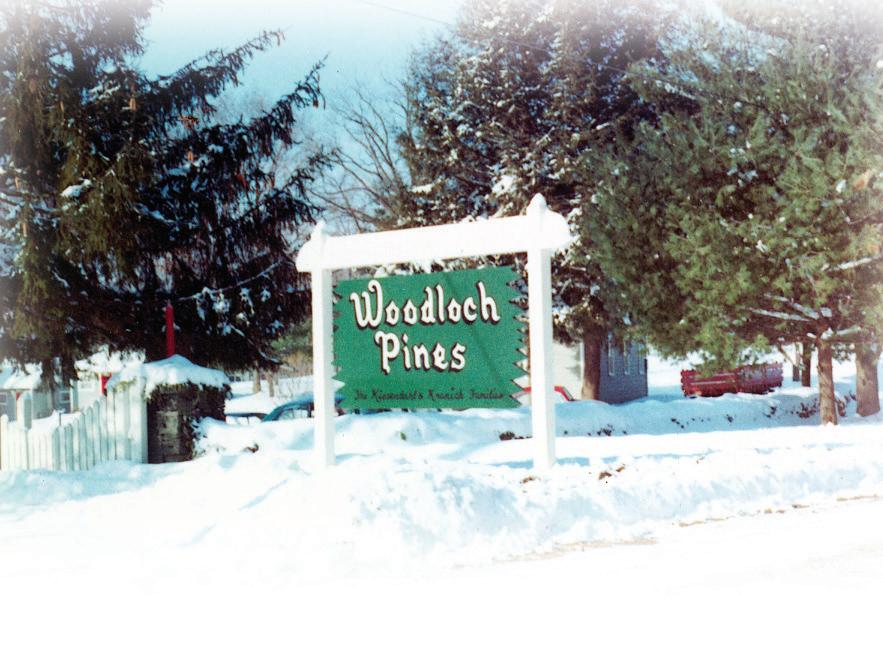

The small boarding house concept worked well. The work was endless, but the first season flew by, and the rewards were great. The Kiesendahls and the Kranichs followed their instincts and treated clientele as though they were guests in their own home. Despite the long hours, both the hosts and the guests enjoyed themselves. The guests responded to the exceptionally warm hospitality by booking reservations for the following season.
The two families saw opportunities for improvement almost everywhere they looked and began making plans before the first summer was over. By the beginning of the second season, they had already added a new cottage. They named it Split Rock for the resort where the dream of owning a resort had first surfaced. They converted the side porch of the dining room to a gift shop and office, enlarged the beach area, drilled a new well, reorganized the kitchen, constructed a shuffleboard court and purchased a new motorboat and jeep.
The upgrading of facilities, which began the first season, was just the beginning of what was to become a Woodloch tradition.
In 1960, a new lounge and game room were completed, the dining room enlarged and Oak Tree, a new cottage, was constructed. Even with these additions, it became apparent by the third summer that there was more demand than Woodloch Pines’ limited facilities could accommodate.
In 1961, the two families, excited about the idea of expansion, purchased the girls camp which adjoined their property. For 14-yearold John Kiesendahl, it was a sad day when the girls packed up and left, but a seasonal influx of lovely waitresses and guests’ daughters soon made up for the loss. For the parents, the financial commitment was scary, but at least for now they wouldn’t have to disappoint so many potential guests due to lack of space.
Purchasing the girls camp was a huge step. Overnight, it doubled Woodloch’s size and marked the initial transformation from boarding house to resort. The purchase included a large recreation hall, cabins, more water frontage, canoes, floats, rowboats and motor boats.
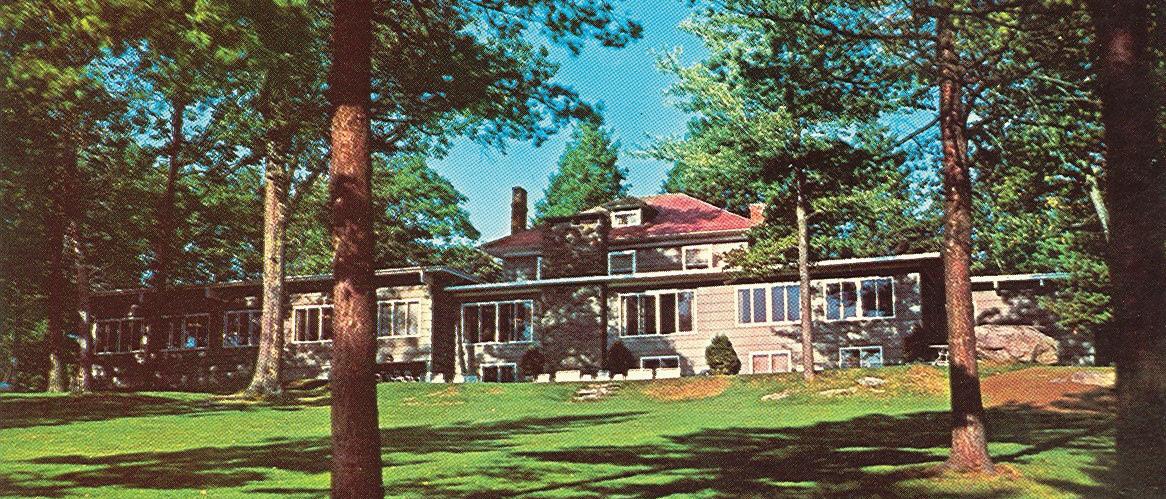
Main Lodge after expansion
Harry remembers that bankers didn’t have any interest in talking to Woodloch during those days. “The banks didn’t have the confidence in seasonal businesses. If you had a bad summer, you might fold. Right after we bought the girls’ camp, we got $100,000 line of credit with the lumberyard, but we still needed money to meet payroll during the winter. So we wrote to our guests offering Woodloch bonds for sale and their response was immediate.”
“This is probably one of the greatest things that have ever happened to a small business,” says Harry. All through our history we went to our guests when we needed financing. Their response is one of the most gratifying things that could have happened. Other hotel people just can’t believe the trusting relationship that we have with our guests. The bonds were always very personalized and extremely flexible. Anyone who needed the money had only to write, and they knew we’d cash the bond.”

The families always visualized improvement for Woodloch Pines. They enjoyed watching the guests respond to their warm hospitality. The Kiesendahls and Kranichs felt that as long as they didn’t change the hospitality, there was a real opportunity for growth. Since they never had to spend any money for advertising or pay travel agents for sending them business, they funded the money saved into providing top quality food and upgrading facilities.
Over the years, this philosophy of sincere caring developed a fiercely loyal clientele. These people not only returned each season; they brought their friends. And those friends brought their friends. It made for a very congenial group of guests. And every time they acquired a new guest, it started a whole new circle of friends for Woodloch.

Early days of Ripplecove
Everyone pitched in to renovate the girls’ camp cabins for the following season. A carpenter did the cutting, and the families did the nailing. They worked all winter, with children helping whenever possible as long as it didn’t interfere with schoolwork. Four family cottages were ready in time for the 1962 summer season, and the remaining ones were ready by the following year.
Woodloch continued to grow, gradually extending its season. First the resort was open only in the summer; then it stayed open for Thanksgiving and part of fall. The families always had a few friends up for New Year’s Eve who urged them to open up officially for New Year’s weekend. Then they started opening Washington’s Birthday and a few other holiday weekends. They didn’t advertise, and they only extended their year to meet the guests’ needs. Their growth was gauged by demand; not by the demand they were going to create, but by the demand they had already created.

Demand for rooms continued to increase, and additional guest units were being readied on a regular basis. In the years since 1964, many fine facilities have been added. First, there was Ripple Cove with 12 units, then Timberline with 12 units and Gateway with 8 units.
With the completion of Greenbriar’s 18 units, the resort had a total of 100 rooms. There were more to come, including 16 more units at Greenbriar, four time-sharing Lake Houses and 31 units at Springbrook. A look at the modern comfort of today’s facilities shows how far Woodloch Pines has progressed from the Pocono House with its paper-thin walls and the community bathroom at the end of the hall. Springbook suites each feature a living room, bedroom, two full baths, wet bar and a private lakefront balcony.
In 1977, the families and the staff became involved in designing a completely new kitchen to serve Woodloch’s expanding needs. Russell and John had learned much about kitchen design from their courses in the Hotel School at Cornell. Even more important was their years of practical experience working in the kitchen.
While the construction crew hammered and sawed, the staff managed to serve three meals a day. Though it was inconvenient at the time, the new facility was so efficient and pleasant to work in that it proved to be well worth the wait.
Regular newsletters from Woodloch Pines to its guests recounted the year’s improvements. From new facilities for tennis, bocce ball, miniature golf and trap shooting to the purchase of entire fleets of snowmobiles, paddle boats and sailboats, there was always something new to anticipate. Painting, landscaping, remodeling, expanding and decorating went on constantly. Two of the most appreciated projects were the new lobby and a greatly expanded dining room.
When the opportunity arose to buy adjoining land, the Kiesendahls and Kranichs took it. From time to time, a neighbor would offer to sell
a cottage to the resort. Woodloch acquired 16 acres, formerly owned by a Christian Science Camp, and were able to purchase what had once been the only other boarding house on the lake. They continued to plow profits back into new and better facilities for their guests. It is no wonder that in 1978 the resort was selected as one of the top forty family resorts in the United States by Better Homes and Gardens Magazine.
Plans for Woodloch Pines seemed to pick up momentum with each passing year. Springbrook Lodge, constructed in 1981, houses 31 units along with an expansive new indoor pool complete with jacuzzi and sauna. With its racquetball courts, sport shop and exercise room, it proved to be an instant hit.
Pleased with the guests’ appreciation of these new facilities, the movers and shakers of Woodloch Pines, while satisfied with the resorts present size, continued to plan improvements for everyone’s enjoyment.
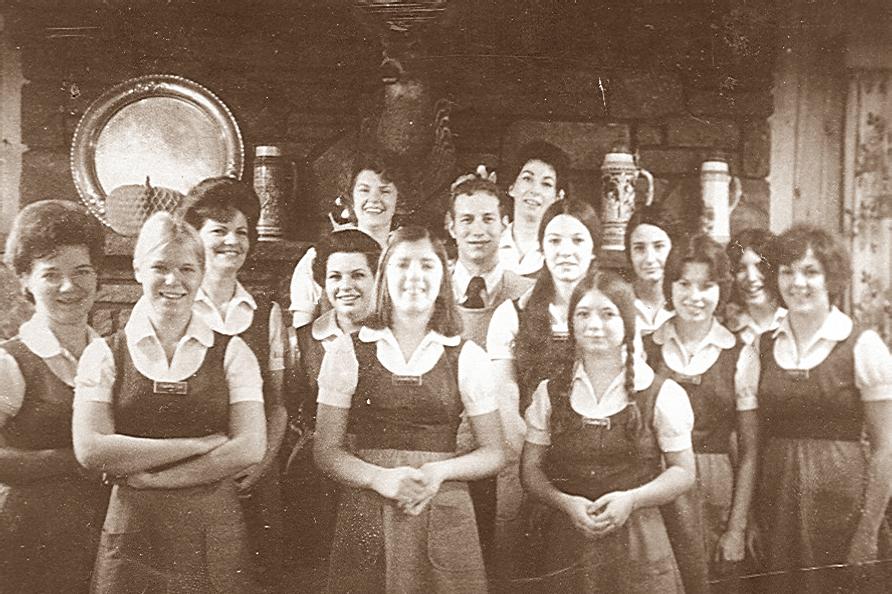
John with our ever-expanding staff in the the 70’s.
As Woodloch was expanding, the children were growing up. The oldest, John Kiesendahl, led the way. He lettered in every sport at Hawley High School and was president of his class. Unless he was involved in an athletic event or school activity, he was expected to help out a Woodloch, especially on weekends and during the summers.
John was always a big asset. When he first came to Woodloch, his job was to deliver bottles of water to each cottage first thing in the morning so that the guests could brush their teeth. In those days, 12 people on a weekend was considered a full house! He mowed lawns, shoveled snow and carried a lot of firewood. During his teens, John became acquainted with all aspects of the business. He handled the luggage, helped out in the dining room, ran tournaments, scrubbed pots and pans, drove boats for water-skiers, and at 16 became a bar waiter.
John thought the perfect life would be to coach sports during the school year, and since Woodloch Pines was then a seasonal business, work at the resort during the summer. A high school counselor mentioned that jobs in coaching were hard to find though. Why not prepare to be a teacher or a guidance counselor and then pick up coaching on the side?
Harry Kiesendahl had his own ideas about John’s future. “We could have used him right here,” he said. “But I urged him to consider hotel school. We didn’t know then if Woodloch would expand beyond summer business, but he loved the work. I told him to get his degree because no one could take an education away from him. Then if Woodloch Pines grew, and he decided to be a part of it, he’d be prepared.”

John took his father’s advice and went on to further his education at the renowned Cornell University Hotel School. “I always enjoyed being around people,” says John. “But I thought of Woodloch as a summer resort. My parents were young, and it seemed to me they would always be running.”
John served as an officer in the US Navy from 1969-1973. “I was assigned to Norfolk, Virginia where I ran the officers’ club. I found I really enjoyed it. Woodloch had grown a lot while I was away so by the time I finished my tour of duty, home was looking better all the time. I decided to make Woodloch my career.”
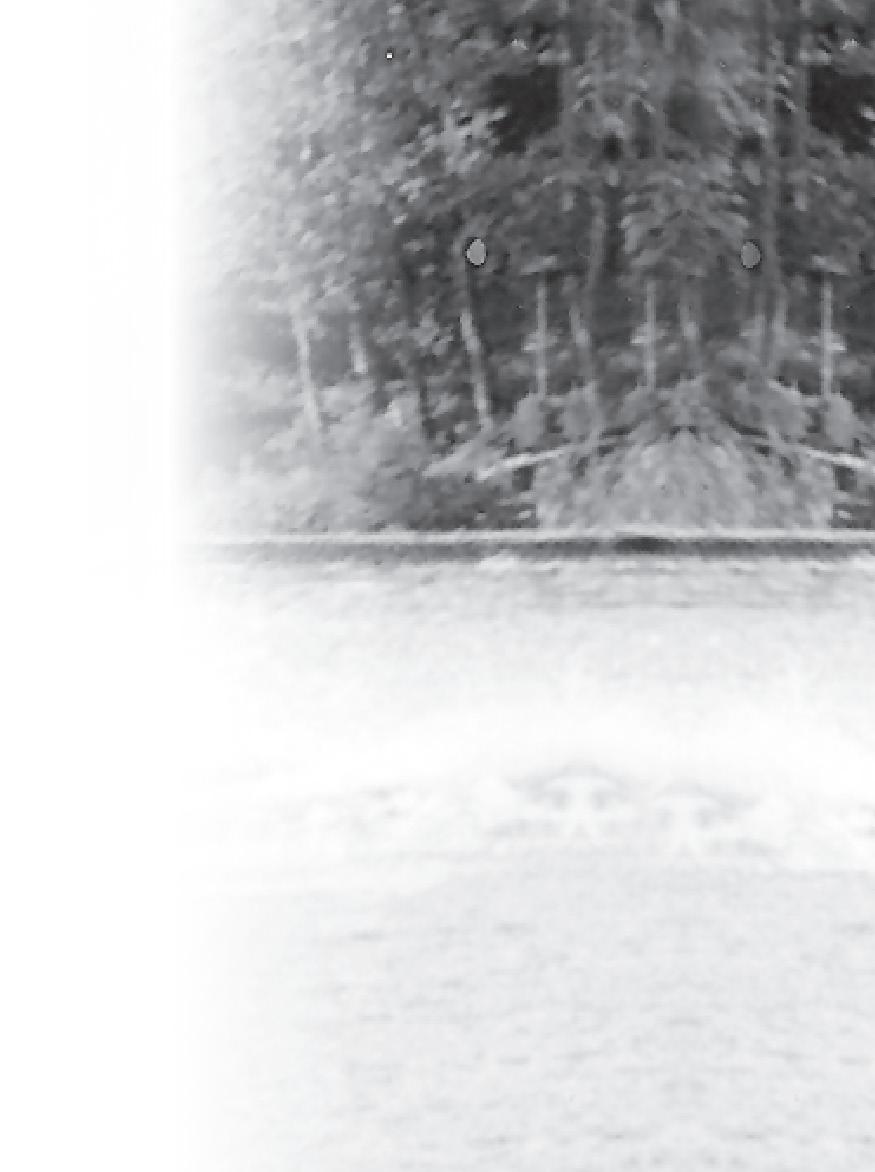

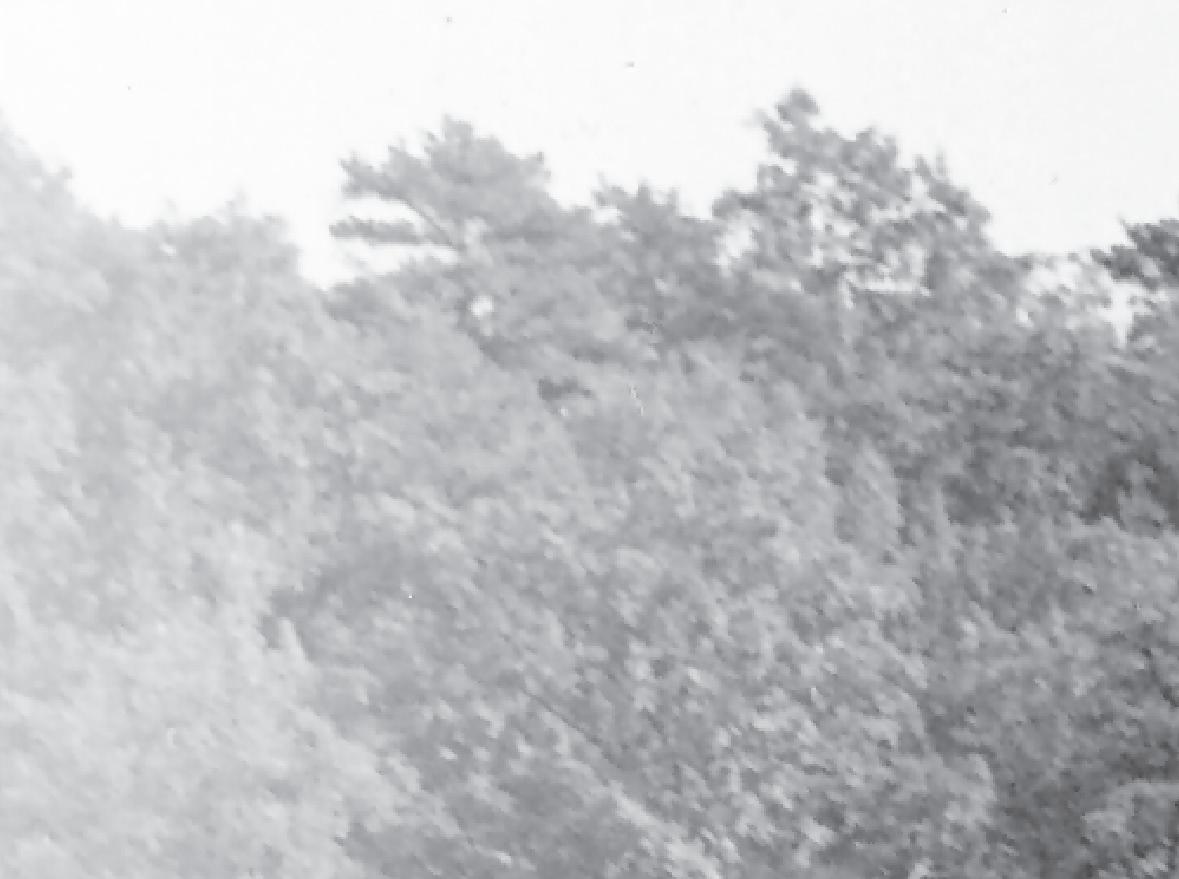
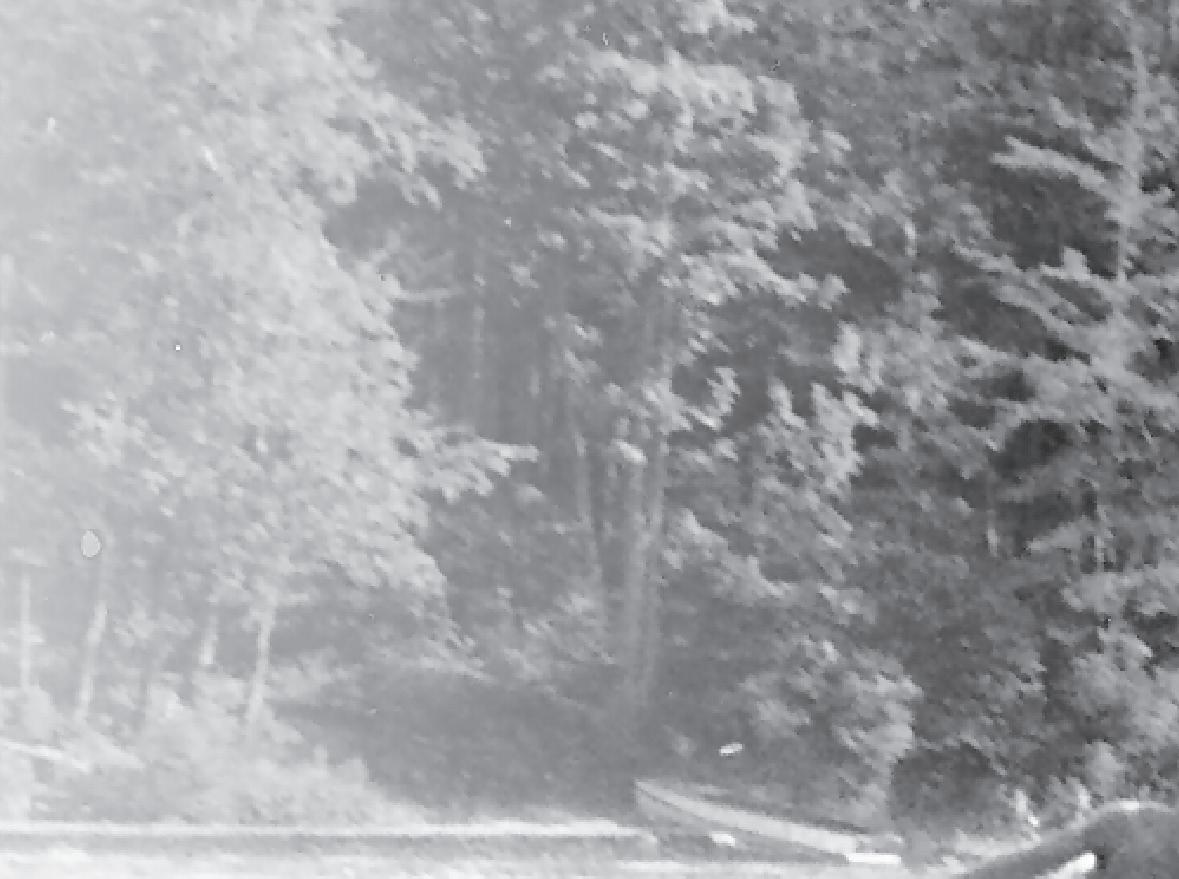


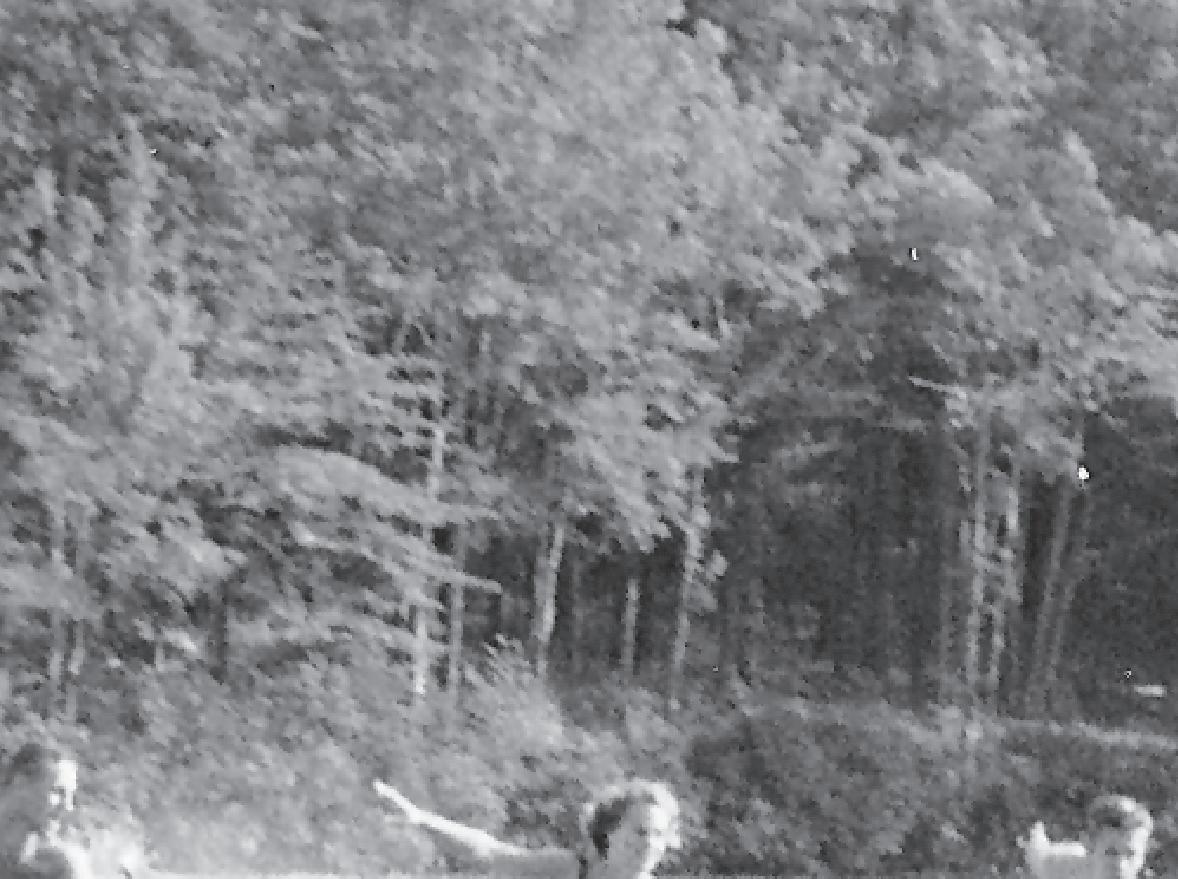


John, Nancy & Steve performing in our “Ski Show.”

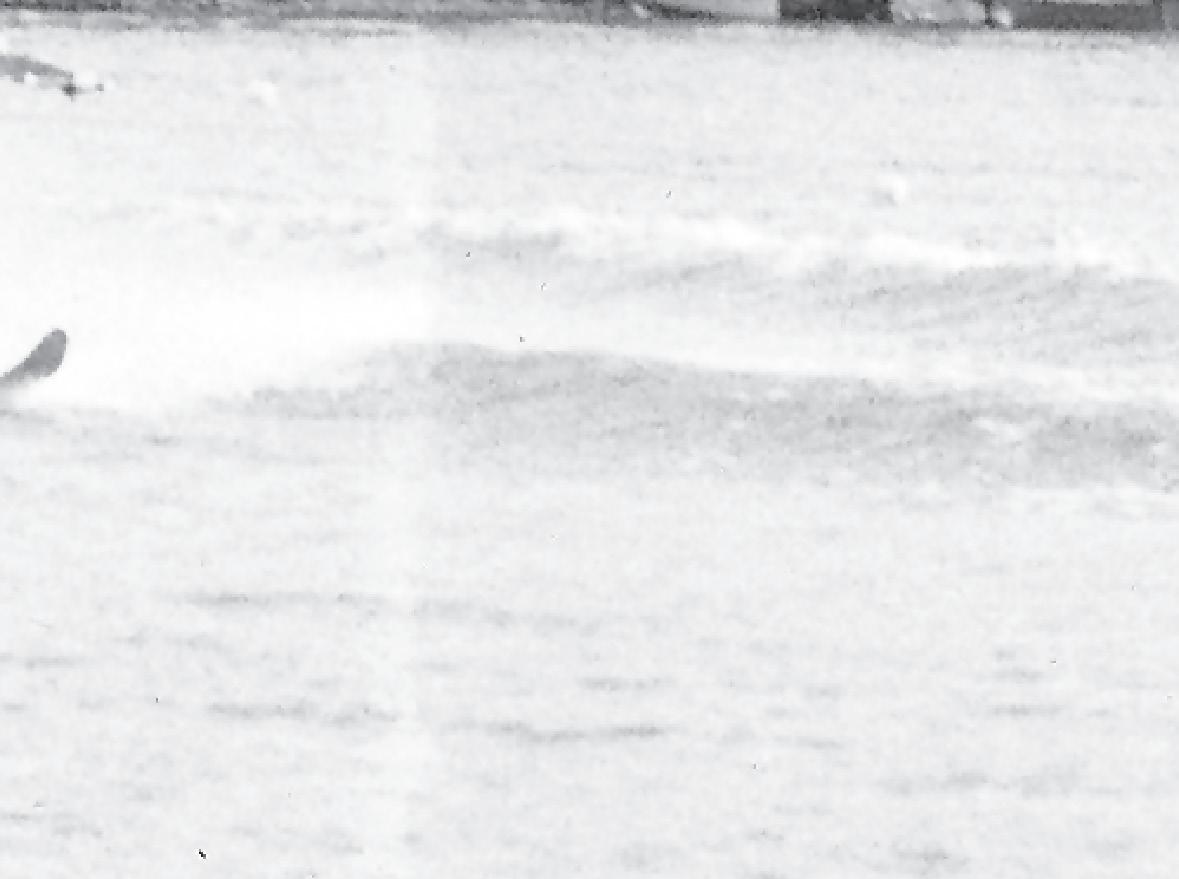


Nancy Kiesendahl, two years younger than John, followed in many of his footsteps. Nancy was an enthusiastic entertainer who put her singing and dancing talents to good use at school talent shows as well as entertaining Woodloch guests. A hard worker, she added her own special flair to whatever job she was doing at Woodloch.
Nancy chose to follow John to Cornell University’s Hotel School where she met Robert Bloch during her junior year. They married after graduation, and Nancy pursued a career with Marriott Hotels, working first in Boston, then in New Jersey and New York City. She was promoted to National Sales Manager, and in her last full-time position, she helped open a new hotel in Westchester County as Director of Marketing.


To Steven Kiesendahl, John’s and Nancy’s younger brother, Woodloch has always been home. His first job was watering the flowers. It took several hours and was a big responsibility for a five year old, but he did get paid at the end of the week. He knew he was he was moving up in the world when he was promoted to assistant garbage man and from there to dishwasher.
Steven has vivid memories of participating in his first waterski show. He circled the lake on two skis and waved at the guests, which at the time was pretty fancy stuff for a kindergartner. As he grew in size, he was able to master a series of complicated waterski tricks, making it a point to perfect a new and different skill each summer.

Steven developed an early intense interest in horses. When he was ten, he acquired his infamous steed, Trigger. He enjoyed giving guests bareback rides all over the property. Later, Steve cared for Woodloch’s stable of ten horses and led trail rides throughout the woods. He became involved in show jumpers and began collecting ribbons and trophies while making the horse show rounds. Eventually, as his responsibilities at Woodloch increased, he found his equestrian activities too time consuming to fit his busy life.
After high school graduation, Steve went to work full-time at Woodloch where he was needed at the front desk. As he became more and more involved in the business, Steve decided to further his education. While continuing to work days, he went to the University of Scranton at night until he graduated with a degree in business administration.
Steve, like the other Kiesendahls, thoroughly enjoys the business. Being in charge of reservations and the front desk involves a great deal of responsibility and is vitally important to the smooth running of the resort. Guests who have been coming to Woodloch for years often want to speak to someone from the family, and it pleases them to know that Steve is there to take care of them. He is particularly fond of the senior citizens that are so appreciative of everything at Woodloch. Each year, many guests who have been coming since Steve was a baby comment on how much he has grown.




The Kranich family moved to Woodloch when Russell was in second grade. It was a frustrating time for him. Everyone else in his grade knew how to write in script, and Russell could only print. At Woodloch, one of his first jobs was sorting silverware. He liked working in the kitchen. It was a lot easier than learning to write script!
Russell followed John everywhere, insisting on helping with whatever John was doing. A natural leader, Russell was president of his class, active in the student council and captain of various sports teams. An avid water and snow skier, he was also highly skilled in soccer and golf.
Russell followed John to Cornell University. His parents made it clear that whether or not he returned to Woodloch was completely his own decision, but they did urge him to finish college and get his degree. “After I got to Cornell,” he said, “it just didn’t make any sense to go anywhere else. I saw the way Woodloch was growing and knew how well John and I got along. John had already made his commitment by the time I went to college. We knew what we had here; we knew what we wanted. It was an easy decision.”

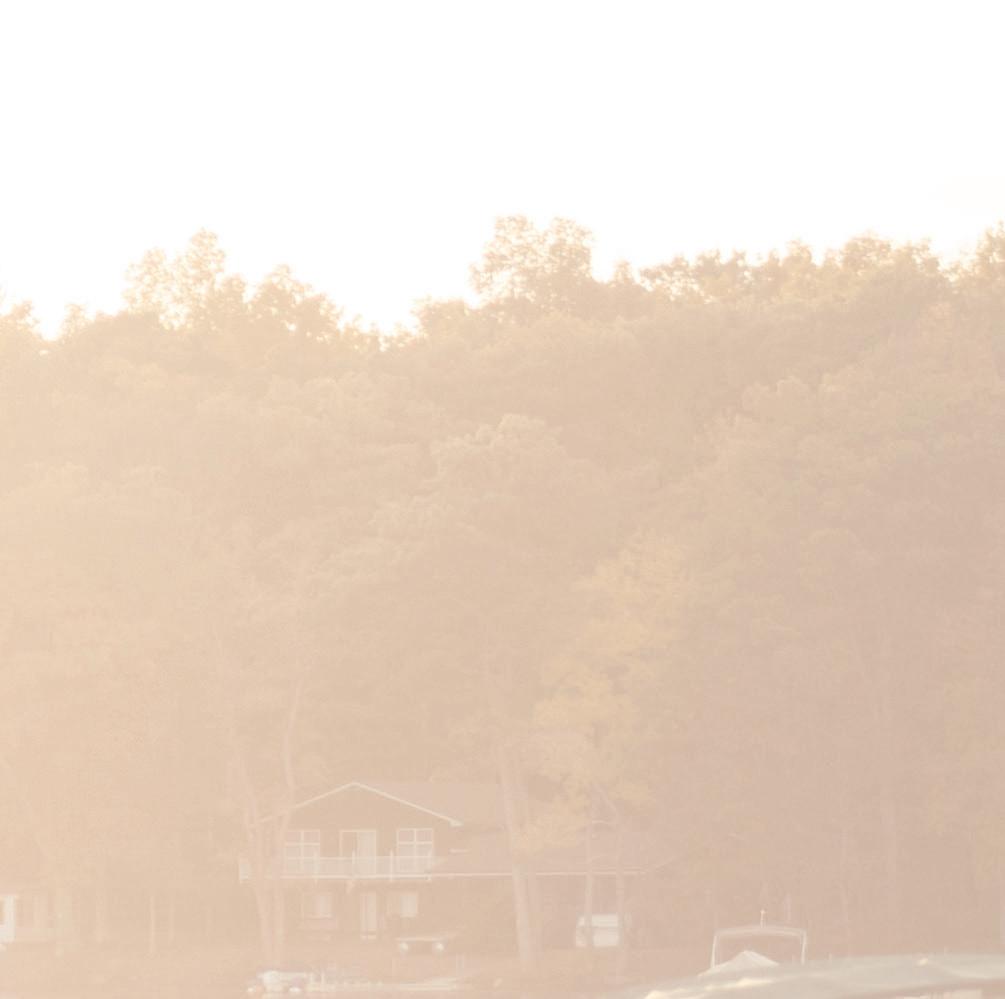

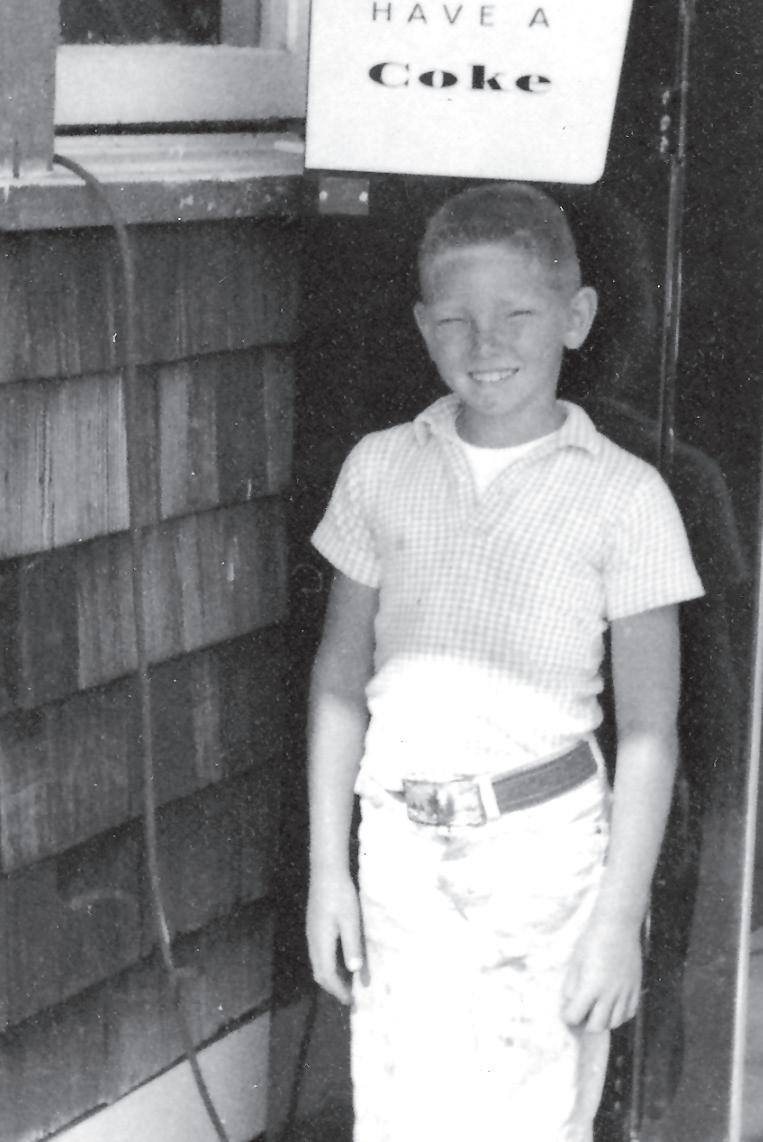


Serena Kranich, like all the others, brought home good grades from school. A talented basketball player, she also put in many hours as a waitress in Woodloch’s Dining Room. After graduating from Katherine Gibbs, Serena took a job as a secretary in the Marriott’s National Sales Office where Nancy Kiesendahl was already working. Taking advantage of sales courses offered by Marriott, Serena was able to move from secretary into a sales position. Serena always enjoyed travel. When she had the opportunity to fulfill a longtime desire to move to California, she did not hesitate. Her career flourished as she accepted positions in a number of beautiful hotels, including the Marriott’s in Newport Beach, Marina del Ray, Ranch Palmas and Palm Springs. Eventually, she was promoted to sales manager.


Holidays were special times at Woodloch. Who could forget the early blizzard that cut the power off for more than 24 hours? Guests abandoned their cars on the road, hitched snowmobile rides or hiked to Woodloch through blustery blasts of snow. It was to be known ever after as the Thanksgiving of the 22 frozen turkeys.
The all electric resort floundered without lights, heat or power for cooking. Extra blankets were hauled out, fires crackled in the hearths day and night, and sterno cans were used to heat water. The kitchen crew, lost without their electric slicer, valiantly cut cold cuts by hand. By nightfall, what had started as a lark began to take on a serious tone. The novelty of flushing toilets with lake water wore off quickly. Guests became highly concerned. When the power finally came back on, it was a great relief. Two weeks later, the owners of Woodloch, the trauma still fresh in their minds, had no trouble at all investing in a generator that would provide emergency power.
Halloween is an annual mini Mardi Gras with guests coming in ever more elaborate costumes each year. The staff still talks of the man who dyed his entire body green. No wonder it took two weeks to get the dye out of the bathtub. Bobbing for apples carried its own particular set of hazards - one senior lost her teeth in the tub of water, another lost his toupee.
Easter was marked by the traditional egg hunt with children scrambling all over the property for huge chocolate rabbit prizes. One of the most remarkable weekends was the famous Easter of 1972 when 36 inches of snow fell on Woodloch in 12 hours. Being snowed in was no problem. The kitchen staff rustled up an impromptu supper of hot dogs and beans, and a spirited group of guests cheered on the horse races in the North Lodge.
The Kiesendahls and the Kranichs sent annual Christmas greetings as a way of saying thank you and keeping in touch with their guests. Grandma Mould’s cottage served as the Christmas Post Office.
Anyone with a spare few minutes would stop in and address envelopes. When the list exceeded 16,000, they realized it was time to move the Christmas card operation and enlist more help.
Santa always made it to Woodloch whether he arrived by sleigh, snowmobile, helicopter or dune buggy (one snowless year). Harry and Mary would host the family Christmas Eve get-together, and the next morning the families would gather at the Kranich house for a scrumptious breakfast and gift exchange.

Guests didn’t have to come to the resort on a holiday to celebrate. Being at Woodloch was a celebration in itself. In the beginning, social activities were simple sing-a-longs around the piano and square dancing at the boathouse. Werner Smith, who lived on the lake, used to be the caller for Saturday night square dances.
Everyone was so energetic that the floorboards shook, and the needle jumped right off the phonograph record. Many guests still remember doing the Norwegian Polka and watching Mary and Marge demonstrate the intricate Scandinavian dance known as the “Schottische”. The boathouse roof leaked on rainy nights, and dancers promenaded between the puddles. By the end of the evening, the dancers were so warm that they dove in the lake to cool off.
Later, the traditional weekly cookout became the stage for a rare display of talent. Everyone got into the act. Grandpa Mould would stand on his head, and the children would scramble for the coins that would invariably tumble from his pockets. Nancy led the “Lion Hunt” and played the accordion. Nancy and Serena sang “The Woodloch Pines Welcome Song,” and the witnesses danced. Serena’s most memorable performance involved popping out of a box at the age of six and belting out her now-legendary “Yellow Polka Dot Bikini” number.

Later the shows moved to the North Lodge where staff members put on a variety of extravaganzas. In the early sixties, Woodloch hired their first real band, “The Crystals,” and guests danced the night away to the mellow strains of their music. The popular group added Dale Bohn, a professional vocalist, to their ranks. She remained a favorite part of the Woodloch scene for 14 years.
In the mid-sixties, the now-famous Theme Nights got off to a successful start with an elaborate Hawaiian Night. A profusion of orchids, pineapples and coconuts created a tropical mood. Everyone wore flower leis, and girls in grass skirts performed the Hula at the North Lodge. A creative theme has been chosen every year since, and the shows have become increasingly elaborate and professional.



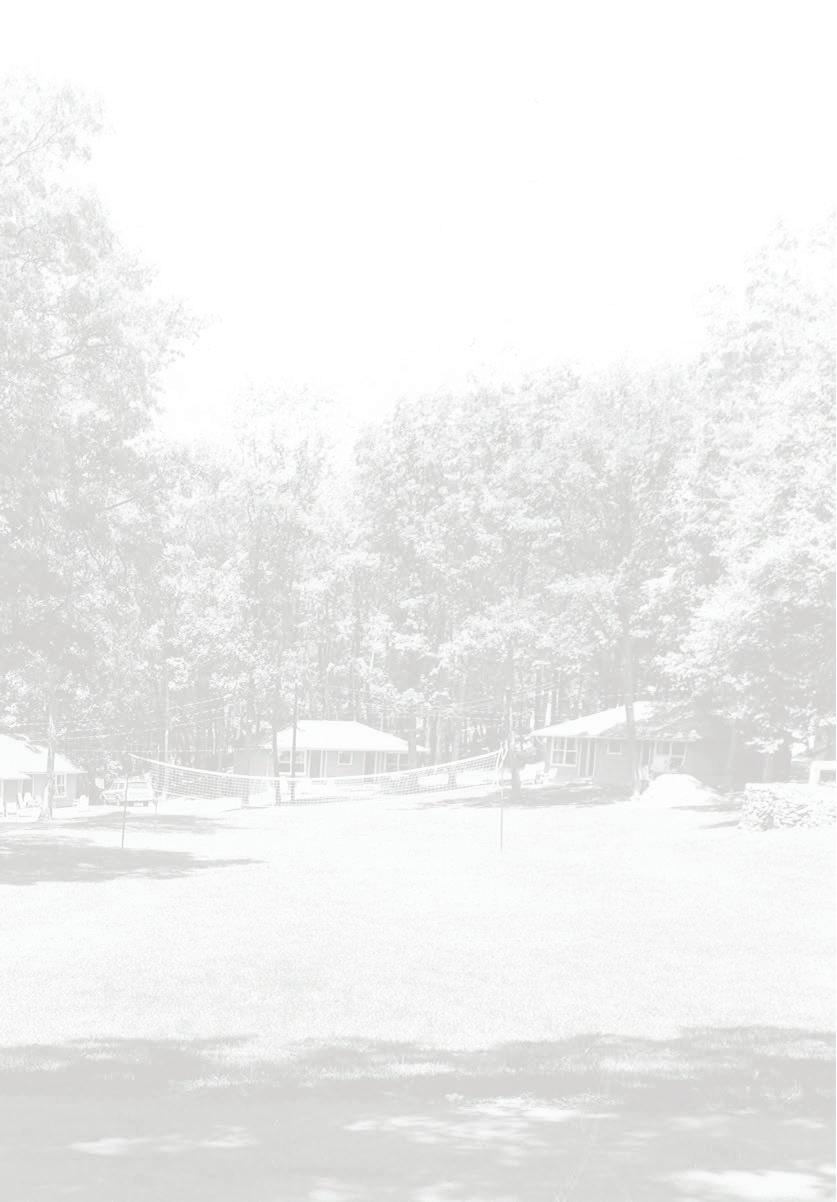
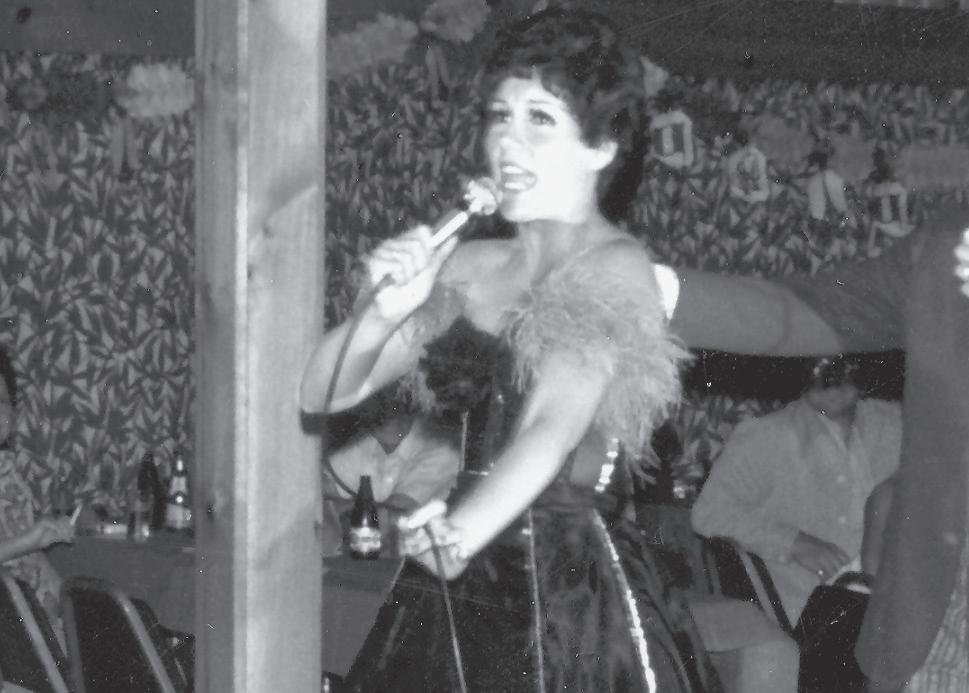


The enthusiasm and sincerity that the family brought to the bicentennial Theme Night made for a grand success. This was a memorable time set aside for heartfelt celebration of our country’s birthday, but the event was also intensely satisfying on a more personal level. The Woodloch Family had only to look around to see that long-cherished dreams could indeed come true. Harry Kiesendahl expressed the family’s gratitude to be a part of the growth of the United States of America in this special letter to Woodloch guests.

Springtime 1976 is the spawning season for our beloved country’s greatest celebration, the Bicentennial. It is an event in our history that justifies the changing of our normal letter of communication with you to one we feel compelled and proud to send along. We at Woodloch Pines take this opportunity to reflect upon the magnificent things that have transpired for many of us for the past eighteen years- as just a small part of the happenings in these tremendous United States of America.
It all began with the decision that life for our families would be healthier, more enjoyable and offer more opportunities in a rural area- so we exercised our rights as free citizens- sold our homes and businesses on Long Island and made the big move to the wilderness.
The wilderness was an insignificant boarding house business in the beautiful Pocono Mountains of the Commonwealth of Pennsylvania. It was very tiny, not very pretty structurally, not very profitable- but so well endowed with gifts from God. We loved the land, we loved the life and we all loved the challenge! The life we left behind was comfortable, our dollar investment was minimal (but everything we owned), the risk we shared was serious but the love, desire and ambition we possessed was unconquerable. Our dream was not one of untold wealth but rather one of accomplishment and fulfillment. After eighteen years of discussions and decisions, pros and cons, disappointment and accomplishment-teamwork, cooperation, flexibility, understanding, sacrifice, determination, faith and hope, our dream has prospered and continues to grow with tender loving care.
Many others now share and enjoy our dream those who come to relax, recreate and renew their vitality, as our guests those wonderful people who provide the services and attitudes that create the atmosphere of friendliness and hospitality which has become tradition at Woodloch Pines, and lastly, the surrounding communities which prosper because of our economic success. Our children, trained and dedicated to their chosen field of endeavor, also share in and prolong our dream and hopefully, will perpetuate the fine standards and excellent reputation that served us so well.
In this, our great land’s 200th year, we at Woodloch give thanks: for the opportunities to dream, create and enjoy life as free men-for the right to determine our path of destiny by the scope of our ambitions-and for the privilege of contributing in some small way to the growth and vitality of our country. Is this not the American way to build and share work and prosper? Where else but in America could it all have happened!
Our heartfelt thanks to all of those who have helped bring about the realization of our dream by their loyal support as guests and investors, to those many friends who have generously spread the word, and most of all to God who has given us health, stamina and faith to prevail. It is time for giving thanks for the American way. It is time for rededication to its fine principles. It is time for lauding the wisdom of our founding fathers.
Happy Birthday, America! God Bless you, America! We are proud to be Americans.
In the true spirit of “76”
The Woodloch Family


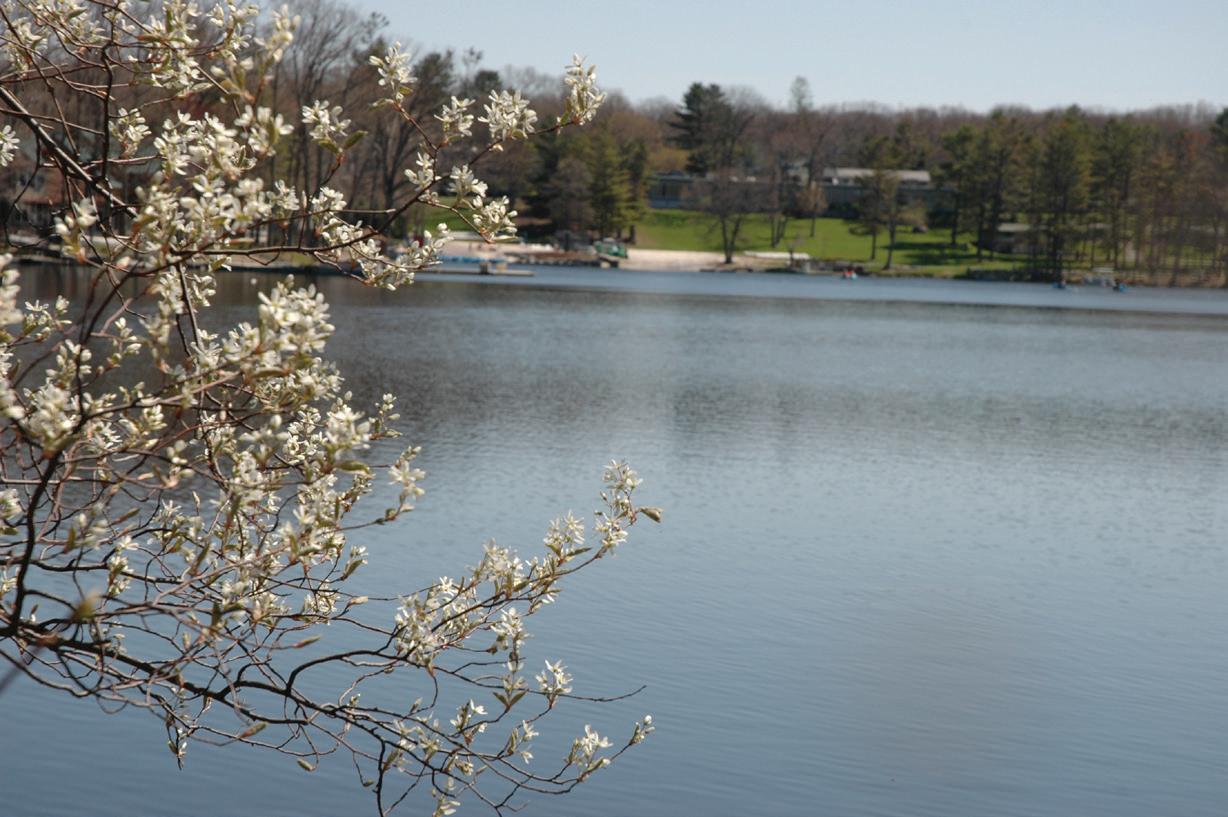
No wonder the Native Americans thought Lake Teedyuskung was a mystical place! Here the Great Spirit had gathered up waters from the ground to create a lake that glistened in the sun and mirrored the moon’s glow. Bordered by dense strands of pines and birches, the lake was a fertile fishing ground as well as a watering place for the animals of the forest. The Natives saw the Great Spirit’s gift of clean cool water as nothing less than miraculous.
The Woodloch Family feels blessed to have Lake Teedyuskung as the centerpiece of their resort. Woodloch Pines is the only commercial enterprise on the lake; the rest of the shoreline is rimmed with a blend of summer cottages and year–round residences. The water is a source of security for all, reflecting the scenic splendor of every season. Whether highlighting the pale greens of early spring or the brilliant blaze of autumn reds and golds, its beauty is legendary.
A retreating glacier hundreds of thousands of years ago carved this natural lake, with no source other than underground springs. Approximately one-and-ahalf miles long and a half mile across with a six-acre surface are, Teedyuskung averages 15 to 20 feet in depth.
Those with recreation on their minds consider the lake’s relative shallowness a definite advantage since the water warms quickly in the spring and cools rapidly in the fall. Winter freezes the surface of the lake into a thick layer of ice, a center of activity for ice skating. With summers filled with water skiing and swimming, Teedyuskung is truly a lake for all seasons.

Lake Teedyuskung, at 1,500 feet above sea level, is the headwaters of the Delaware River. Because the surrounding land is higher at the Woodloch Pines end than it is at the opposite end, the lake constantly drains itself. The water flows through a natural outlet into a series of small creeks that eventually feed into the Lackawaxen River, a tributary of the mighty Delaware. Underground springs replenish the lake with pure water in an ongoing process.
Due partly to this natural cleansing and partly to careful usage by those who lived around its shoreline, the lake is one of the purest in the Pocono area. According to the Department of Environmental Resources, it is even cleaner now than it was in the 1950’s. Its tea-color comes from small amounts of tannic acid released by pine needles that have fallen into the lake. Rich in natural food, Teddyuskung supports a burgeoning population of perch, bullhead, sunfish and pickerel.
These sparkling waters were named for Chief Teedyuskung, a courageous Native American who migrated from New Jersey to the mountains of Pennsylvania. Eventually known as the King of the Delaware, Teedyuskung united ten Native tribes in an attempt to win back lost lands. However, the Chief died a violent death, and youngsters at Woodloch still shudder when they hear the old legends, especially on dark nights. Some say they have seen Teedyuskung’s head rise ever so slowly from the lake when the moon is full.



The Woodloch version of the American Dream is a tapestry intricately woven with the threads of love. Romance has blossomed time and again. Who can count the number of people who fell in love at Woodloch? Dozens of staff members met here and eventually married, and many guests have returned to reminisce about the first spark of attraction that led to a permanent relationship.
The best thing about Woodloch’s philosophy is that it spreads. People respond to the obvious sincerity of the Woodloch Family. They return with their friends and a new set of friendships flourish.
The letters that pour into Woodloch are solicited testimonials:
“I think you just may have restored my faith in human nature. You proved to me that guests can be treated like people not dollar signs.”


“I can’t remember when I last had the complete satisfaction that I got more than I paid for.”
“I love the way you spoiled me.”
“You were all so friendly and concerned that we felt as though we were visiting old friends, rather than being with you for the first time.”
“I hope you don’t mind me calling you a special part of my family, but when I come to Woodloch that is how you make me feel.”
Some of the most poignant letters are written by widows and widowers remembering precious days spent at Woodloch. Many return to rekindle their memories. They find the Woodloch Family makes a difficult transition easier because they are sensitive to the situation. It is, they say, like coming home.
This concern for others began at home with families who cared about each other. The Kiesendahls and Kranichs enlarged that circle of caring by selflessly serving their community. Community involvement comes naturally to the Woodloch Family. It is just part of a larger story of hard work and love invested in a tiny boarding house on a secluded peaceful lake.
By 2013, over half a century later, that modest plot of land has expanded to over 1,200 acres with almost a mile of shoreline. One hundred fifty-five guest rooms and seventy guest homes have replaced the original twenty. A wealth of activities and facilities cater to every possible whim yet the basics are the same: good food, beautiful surroundings and a genuine concern for others’ happiness.




It was always the dream of the Kiesendahl and Kranich families that their children would find the same satisfaction in the business that they had. If the second generation had not expressed an interest in the business, at some point, the logical thing to do would be to sell the resort. The families could not bear to think about it. They had worked so hard to build Woodloch. How would a stranger ever be able to carry on their tradition of warm hospitality? It was difficult to imagine. With that in mind, a careful plan was put into place to pass the torch from one generation to another.


The founders look back over the years devoted to Woodloch Pines with a mixture of nostalgia and pride. Woodloch’s 25th anniversary celebration had special meaning for both couples. They were especially moved by the spontaneous outpouring of love and admiration from guests and staff alike.
Harry spoke for them all when he said, “We’re very gratified with the way it’s all unfolded. Having both families happily involved in providing pleasure for other people- what could be better? We have thousands of friends, true friends, and we have built something worthwhile. We can never say we didn’t have a great life. Sure there were problems along the way, but all in all, it’s been a great experience.”
With the passing of the torch to the second generation comes the realization that Woodloch was a winning formula as long as John, Russ and Steve remember their parents’ credo that the guest is the most important thing at Woodloch Pines. According to John, “We intend to continue to treat guests as if they are company in our own home because that is what sets Woodloch Pines apart from other resorts.”

“It’s a challenge. Our parents left Long Island and took a huge risk when they put all their assets in a little boarding house. Over the years, they built it into a thriving business. Our opportunity is to improve on the quality of the Woodloch experience. We want people to leave Woodloch Pines saying they just had the best vacation ever.”
There was an aggressive campaign to upgrade Woodloch and implement many improvements. The second generation has upgraded the food, facilities and entertainment. One has only to visit Springbrook and the recreation complex to understand some of the vision they have for Woodloch.


John, Russ and Steve have also expended a lot of effort to develop a strong team of middle managers necessary for the smooth functioning of a yearround resort the size of Woodloch. The trusted department heads which make up the team, have been with Woodloch for many years and share the genuine feelings that make Woodloch hospitality so unique. Their ability to pass this attitude on to those who work with them, as well as their success at handling expanded responsibility, makes them especially valued members of the Woodloch family.
John speaks for all when he says, “We feel this is not just our business, but our home. This is where we grew up and where our children are growing up. Hopefully, Woodloch is something that will continue to another generation. Our philosophy is the same as our parents. Our dream is that our children will feel the same as we do about Woodloch Pines, that they will want to continue our tradition of warm hospitality.”



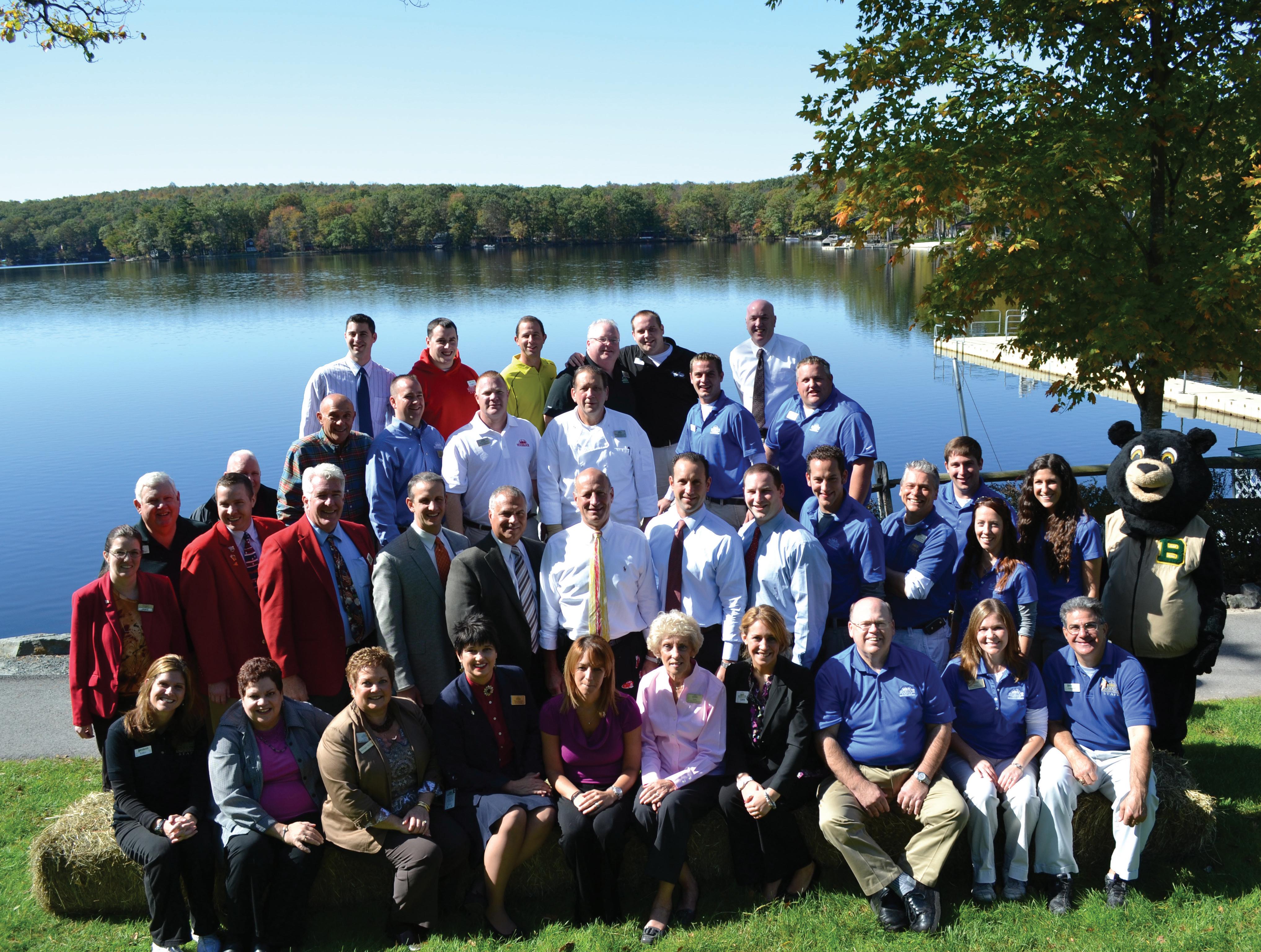
Just a portion of Woodloch’s vast “family!”


Looking over the serene cool water of Lake Teedyuskung, one would never know that over 57 years have passed since the founding of Woodloch Pines and the realization of the American Dream - the Woodloch version. If only those silent gentle waves or the climate-weathered rocks lining the shoreline could tell their tales... but the lake remains a true friend to both Woodloch guests and family, always there to listen and reliably silent when questioned by others. A quick turn from the lake brings into view the present Woodloch setting. Tall shade trees protect the well-manicured lawns, immaculate grounds lead to the solid and comforting resort buildings, and a wide assortment of gentle wildlife completely at ease share in the environment with Woodloch guests, staff and family.
Continuous growth and a commitment to improvement have brought the resort into the twenty first century with style. Nature and technology have been combined to enhance the quality and beauty of Woodloch. The original 12 acres of the resort have grown to over 1,200 acres! And what a change from the entertainment provided in the rustic North Lodge; now over 700 guests can be entertained in the magnificent Heritage Nightclub. In addition to the Main Dining Room, The Inn has added more dining choices for guests. The resort dining rooms can now comfortably accommodate over 800 guests.

The resort boasts a large indoor recreational complex as well as an array of outdoor facilities and activities to challenge both the young and the young at heart! Coupled with the visible changes are those that are seemingly invisible to the naked eye such as state of the art systems to facilitate guest and staff communication efforts and a reservation system to aid in the accuracy and service of the reservation staff. Gone are the days of Mary Kiesendahl carrying the reservation book under her arm! 800 names per week would make for a very large book indeed!
The circle of Woodloch’s friends is ever increasing, like the ripple of waves from a stone thrown into beautiful Lake Teedyuskung. The existence of the World Wide Web has lent a hand in spreading the modernized Woodloch to old friends and new. Evidence of this is seen in the growth of the mailing list to over 70,000 families.
With growth, there is always a fear of losing the “personal touch” that makes Woodloch so special. Was the tradition of caring and personalized hospitality in danger of extinction with the growth and technology? Hardly so!
The Kiesendahls worked hard to instill traditions and values in their families and staff that would endure for generations! At the heart of Woodloch’s success lies the dedicated, caring and enthusiastic staff. John Kiesendahl often says, “We are blessed with a wonderful staff; they are our greatest asset and the key to our success.”
Loyalty amongst the staff is one of those valuable traditions instilled by the original owners and was again demonstrated in the year 2000 when over 100 employees were honored for serving Woodloch for more than 20 years! There continues to be many three-generation families working together, side by side, on a daily basis, adding to the family feeling at the resort.

The same strong loyalty exists with the guests returning year after year and calling Woodloch “home.” Oftentimes, children of the original guests are returning with their own children to share in the Woodloch tradition. This circle of life continues to spiral to new heights, with each and every guest bringing new enthusiasm and spirit to add to the special collage of Woodloch experiences.



With guest satisfaction being the ultimate goal, it is not surprising that word-ofmouth and personal referrals are the main source of marketing for Woodloch. A good product can almost always sell itself! In this regard, the many awards that Woodloch has received are of no great surprise.
TripAdvisor named Woodloch as “The #1 Family Resort in America” in 2015. Woodloch has also been honored with the following accolades: Pennsylvania’s Spirit of Hospitality Award, one of the top 10 “Best Places To Work In PA”, one of America’s Favorite Family Vacation Resorts” by Better Homes & Gardens, Goodyear Environmental Award, Northeast Pennsylvania Business of the Year, Northeast Pennsylvania Employer of the Year and numerous others.
In 1988, an ambitious project was unveiled to add an exclusive golf community as the perfect complement to the resort. Four years in planning and 438 acres later, the community and golf course were completed, and Woodloch Springs was “born!” More than 400 exquisitely detailed homes surround the challenging 18hole, championship golf course. Rocky Roquemore of Atlanta, GA, designed the picturesque course that has been featured in Golf Digest and Golf Magazine. A beautiful clubhouse overlooks the rolling greens of the course and provides the perfect setting for leisurely dining, special events or just plain socializing.

Boat House Restaurant in 1999. Dubbed “An American Eatery,” The Boat House specializes in delicious fresh seafood entrées and unparalled service. The endless blue waters of Lake Wallenpaupack and the relaxed comfortable atmosphere captivates diners and creates the perfect ambiance for a most enjoyable dinner. The Boat House Restaurant opened with a bang in June 1999, but not before the word leaked to the community of a new restaurant about to open. During a training dinner in May, open only to Woodloch staff and expressly intended to train the Boat House staff, the doors were practically locked down as the local community lined up to be some of the first to sample the new menu. Not to be dissuaded and ignoring the warnings that it was only a training meal, the diners sat down to enjoy a delicious meal! Not even officially open for business, The Boat House was unofficially christened within the community.

The amazing success of Woodloch Pines and Woodloch Springs is attributed mainly to the emphasis on personal hospitality and adherence to a tradition of excellence, spread to the shores of the neighboring Lake Wallenpaupack with the start of The
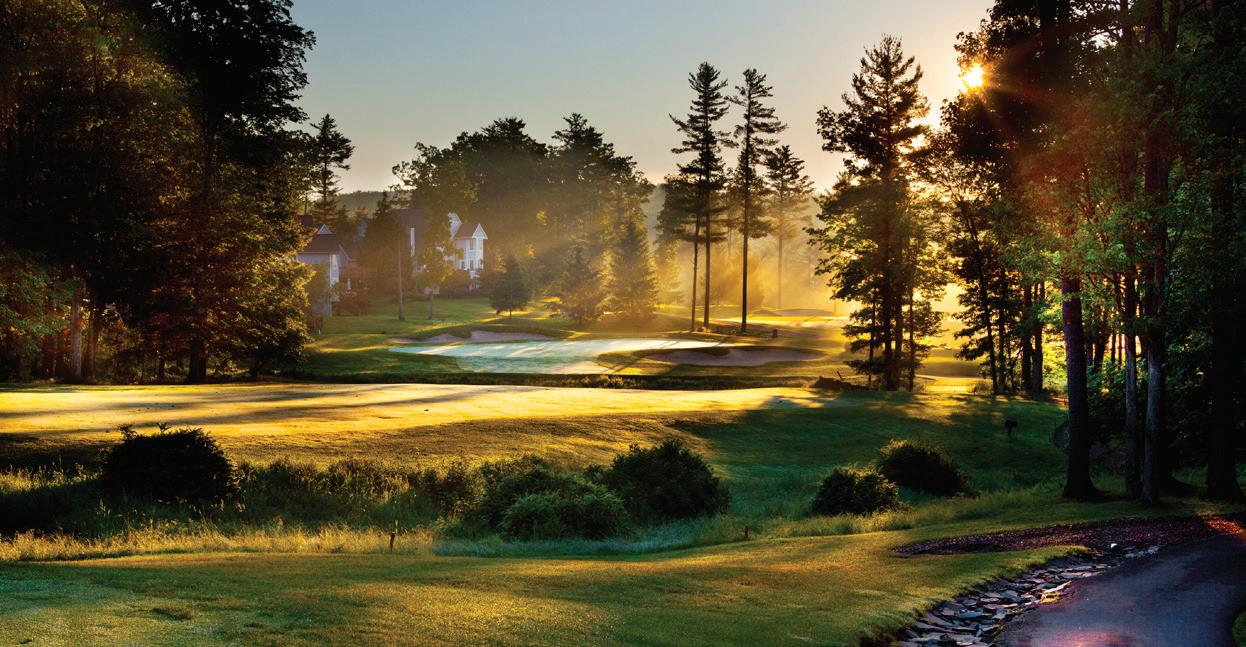
As evidenced by new ventures such as The Boat House Restaurant, Woodloch Springs Golf community, Woodloch Builders and Woodloch Real Estate, change and growth are inevitable partners of success. What Harry and Mary Kiesendahl started in 1958 and nurtured with love and hard work has grown into something beyond their dreams. Together with their partners, the Kranichs, and their dedicated staff, the Kiesendahl family has worked tirelessly through the years to keep the tradition alive and create an atmosphere at Woodloch that is uniquely its own. In 1981, Woodloch transitioned to the second generation. Now John and Steve Kiesendahl direct the operations of Woodloch with the same heart, passion and enthusiasm as their parents.

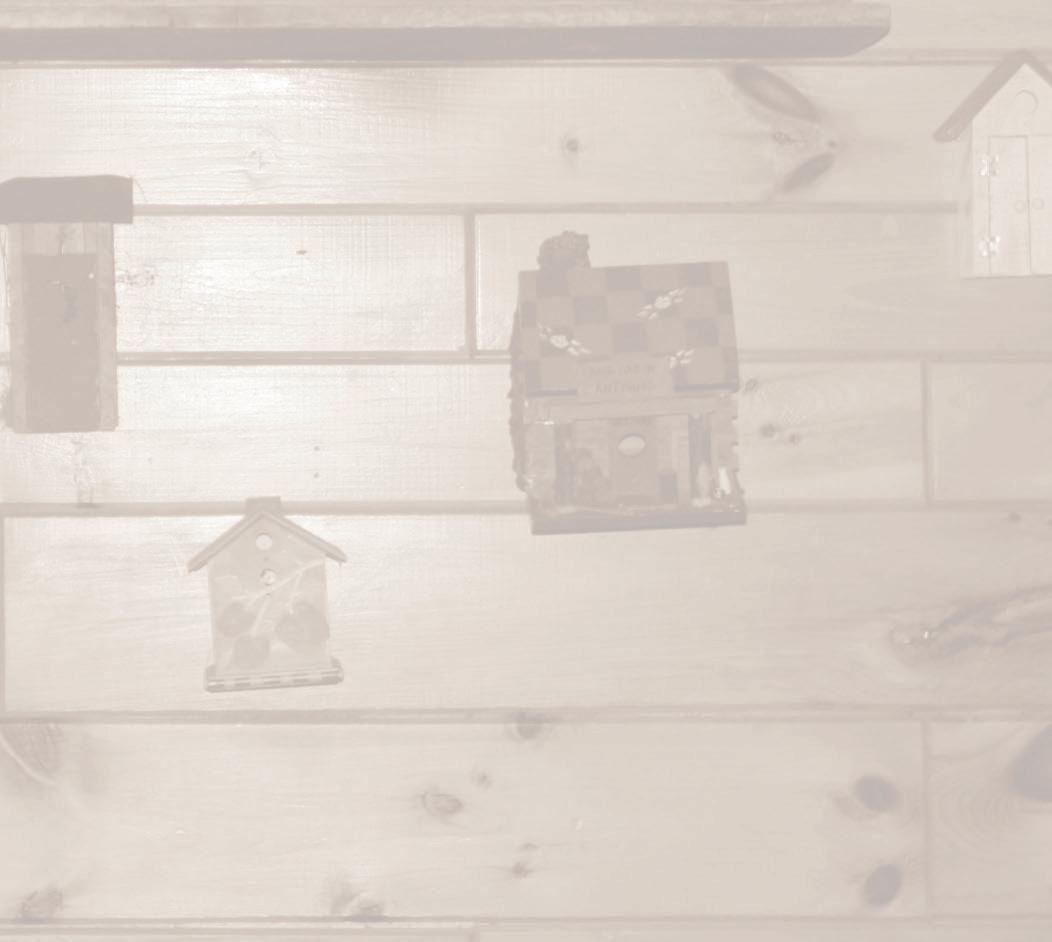
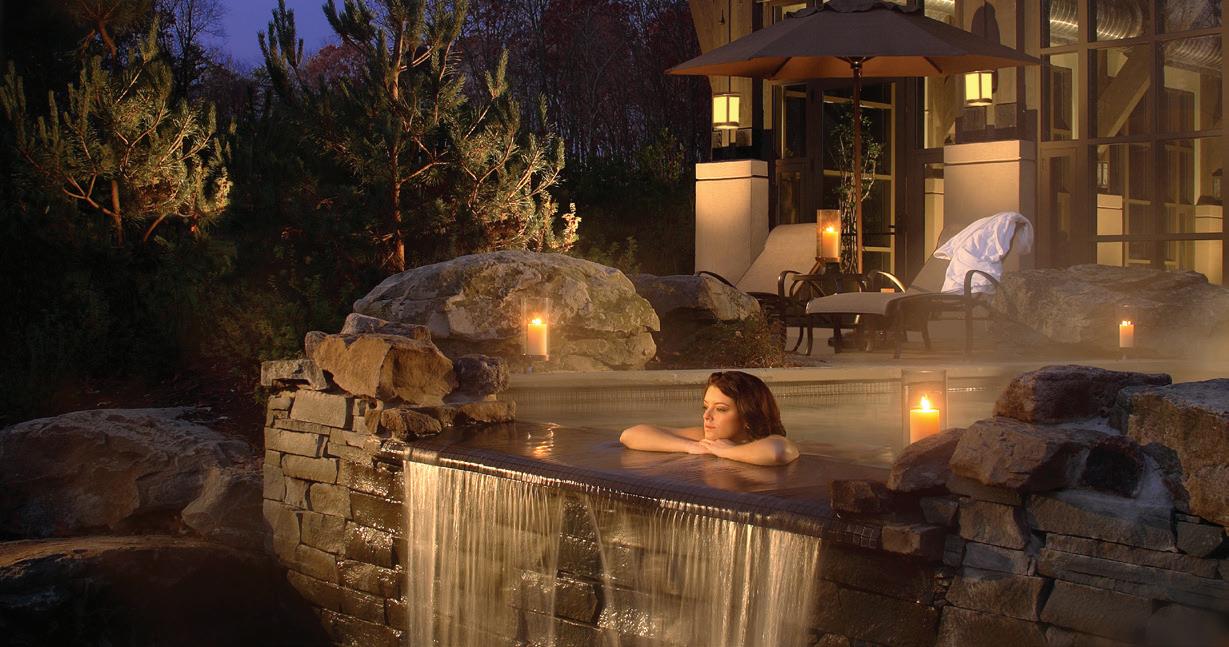




2016 marks Woodloch’s 58th year in business. We have come a long way since Mary & Harry Kiesendahl purchased the small boarding house on 12 acres of land, with no running water and only one year-round employee. By contrast, today Woodloch is recognized as one of the finest family resorts in America.
The resort’s 1,200 beautiful acres of natural forest, lake and streams blend with the environmentally sensitive development of homes, guest rooms and facilities. Most importantly, the Woodloch Family and staff have grown to 1,000 very dedicated, caring and enthusiastic individuals who have carried on the traditions and spirit of hospitality that Mary and Harry Kiesendahl had instilled in their family and staff since 1958.
Our primary mission is to treat each and every guest and customer as if they are company in our home. This philosophy is the cornerstone of Woodloch’s ongoing success.
We continue to prosper and reinvest in our property. Most notably, we have added an indoor children’s playground area, named the Woodloch Forest. The Heritage Nightclub has been expanded. A new all-purpose recreation area with a game room, basketball court, and entertainment space is now available to our guests. In the winter of 2008, our guests began playing in our new 3,000 square foot children’s splash pool. While adding new amenities, we have not lost sight of maintaining our existing facilities. Rooms are constantly being refurbished; the lobbies and public spaces re-decorated, and perhaps, most obvious, has been the added attention to the natural beauty of Woodloch’s landscaping and grounds.
The Real Estate and Construction divisions of Woodloch, which operate with the same spirit and commitment to excellence that the resort does, have flourished as well. With the addition of The Reserve and The Mill developments, Woodloch has built over 400 quality homes.
During the spring of 2008, we broke ground for another, smaller 14-home community called Moss Creek at Woodloch. In all of our real estate projects, we have always been mindful of the integrity that we proudly deliver to the new homeowner.
One of the major amenities available to our guests is our sister property, The Lodge at Woodloch – A Destination Spa, which opened in the summer of 2006. Woodloch has partnered with three other individuals to create one of the finest destination spas in the world.
Located on 70 acres, just across from the entrance to Woodloch Springs, The Lodge at Woodloch is dedicated to presenting the most advanced spa programing in an elegant lodge environment. Our guests enjoy an elite relationship with this new private destination spa resort, which includes privileged access to spa treatments and services. The addition of The Lodge offers a rejuvenating oasis for the mind, body and spirit and is another amenity that we are proud to offer our guests.
Although Woodloch has undergone many changes, there is much that remains the same. The hallmark of Woodloch’s success has always been the warmth and genuine hospitality provided by Woodloch’s extended family, our staff. The sincere concern for our guests’ happiness and well-being is what creates the very special spirit that touches everyone who experiences Woodloch. The spirit coupled with the natural beauty and social program at Woodloch have created a special ambiance that fosters and encourages families, couples and individuals to refresh, recreate, reinvigorate, and reconnect with their loved ones and friends. The spirit is so contagious that our guests actually become ambassadors of Woodloch not only while on vacation, but they carry the Woodloch spirit home.
As Woodloch continues to grow, a great deal of responsibility lies with the company’s department heads, most of whom have years of Woodloch experience in various areas. They bring a wealth of knowledge and nurture the enthusiasm of their team. One of the key ingredients to Woodloch’s success is the longevity of our staff. Many of Woodloch’s staff count their tenure in decades. More than two hundred employees have over 10 years of service, a staggering figure in the hospitality industry. It’s no wonder that Woodloch was voted #1 BEST PLACE TO WORK in the entire state of Pennsylvania in 2004.
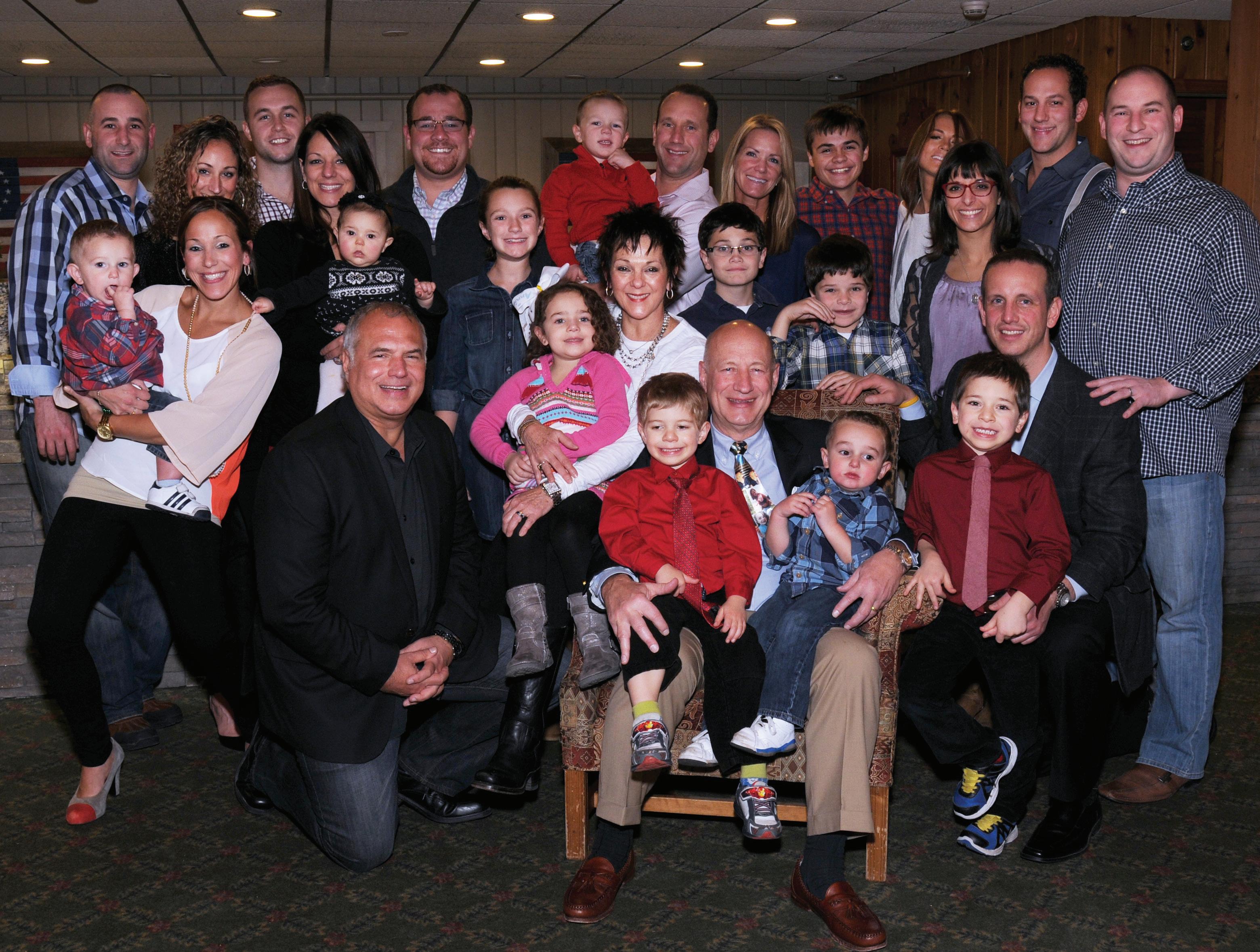







We are all grateful for the many blessings we have at Woodloch and there is much to be thankful for. With sadness, 2006 brought the loss of both the founder, Harry Kiesendahl, and his partner, Don Kranich, two pioneers of hospitality in the Pocono Mountains. They clearly made a difference in the world and in the lives of the people they touched. The dream they created over 50 years ago continues to flourish. In 2011, Mary Kiesendahl, Harry’s wife, joined him in their eternal journey. We are happy to report that Marge Kranich is doing well in Hilton Head, South Carolina. Marge’s son, Russ Kranich, and his family reside in Orlando, Florida, and Marge’s daughter, Serena, and her family live in Colorado.
John Kiesendahl, better known as the man with the funny pants, has been the CEO of Woodloch since 1981 and continues to provide the company with leadership and enthusiasm. His talented wife, Patti, is responsible for the Woodloch Gift Shops and the decorating throughout Woodloch. In 2014, they welcomed their eleventh grandchild into the world and family gatherings have become that much more exciting.


John’s brother, Steve Kiesendahl, has the critically important position of being in charge of Sales and Marketing. It is his efforts that keep Woodloch’s occupancy humming along at a very busy pace.



We are very proud that 5 out of 7 members of the Kiesendahl third generation are now active in the company’s business. John’s oldest, Bob, is in charge of Food & Beverage and Human Resources at the resort, as well as The Lodge at Woodloch. Bob has three sons: Zachary, now 16, is spending most of his free time, outside of sports and high school, working at the resort in the Social Department; Luke (11) and Drew (9) are not far behind! Bob, now a 16-year leukemia survivor, has raised over $1 million in the name of cancer research through his foundation Hope Cures.
Matt is the Director of the Clubhouse and Golf Operations at Woodloch Springs and oversees The Boat House Restaurant on Lake Wallenpaupack. He and his wife, Tiffany, have a very outgoing daughter, Devon, and son, Sam.



After spending 8 years as part of the management team of Four Seasons Hotels, Brad returned home and is now Director of Operations for the resort. Brad and his wife, Jennifer, one of the stars of our Theme Show, have two energetic boys, Edward and Anthony.
Patrick, the youngest son of the third generation, married Jenette Savage, a Woodloch guest, in 2012. His concentration is in the Social & Recreation and Bar Departments, where his enthusiasm, love of people and organizational skills shine.









Brooke became a very successful pharmaceutical sales representative in the Philadelphia area but followed her heart back to Woodloch. Her warm personality makes her a key asset to Guest Relations, Reservations, Marketing and Special Events at Woodloch. Brooke, and her husband, Mark, have two beautiful daughters, Annie and Nora.
Megan and her husband, Dan, are happily living in the beautiful suburbs of New Jersey and have two young and playful sons at home, Max and Jack. Megan has taken a hiatus from teaching Special Education so she can focus on raising her family.
Olivia, the youngest of the third generation, lives in the suburbs of Philadelphia where she is an Assistant Buyer at QVC.

John and Steve’s sister, Nancy, continues to work in the hospitality field with her own company, Shop Talk 2020 and now resides back home at Woodloch Springs. Her daughter, Stephanie, was married in 2008 and husband, Sean, have two children of her own, Owen and Isla. We’re very happy that Nancy’s son, Robbie, who is a guest favorite on Woodloch’s social staff, tyed the knot with his wife Erica, a member of Woodloch’s Marketing Department, in early 2015.
With all of the significant growth and change that has happened at Woodloch over the past half a century and beyond, what still matters the most are the warm smiles, the kind words and the friendships we share with you, our guests. Thank you for your loyalty, your support, and the opportunity to share our heartfelt and genuine hospitality with you and your family.


4th generation of the Woodloch family

